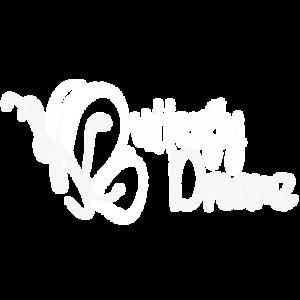
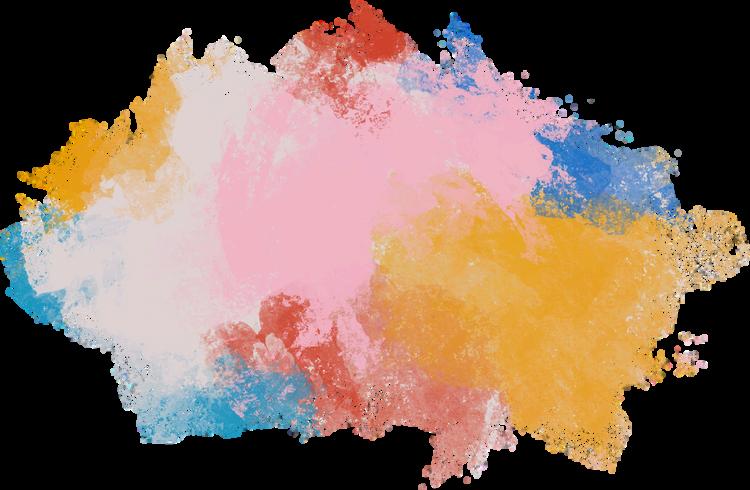
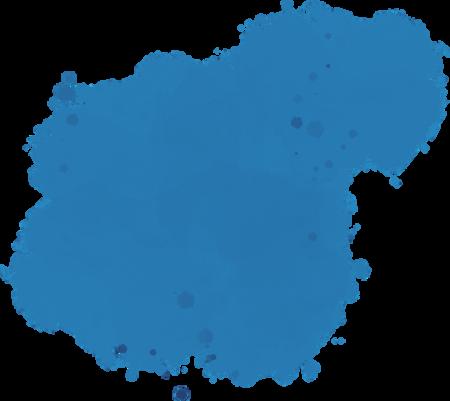
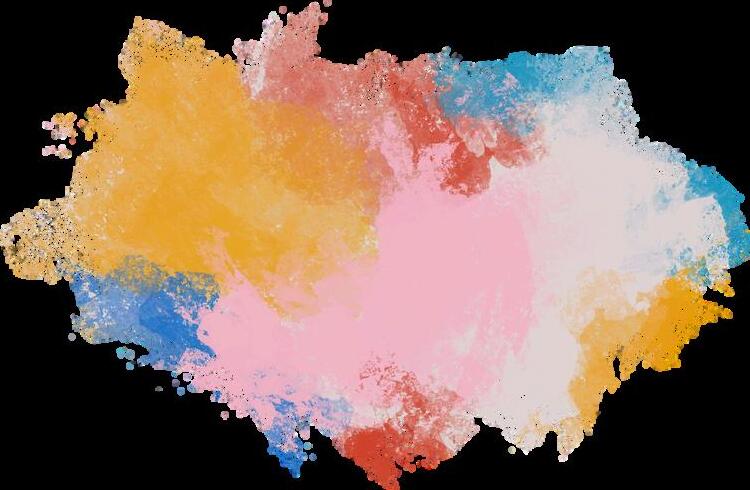

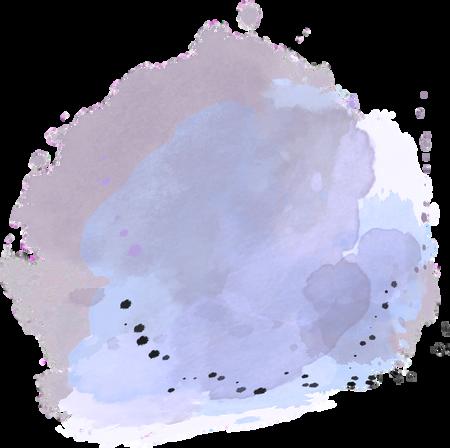
Copyright © 2024 Butterfly Dreamz, Inc.
All rights reserved. ISBN:
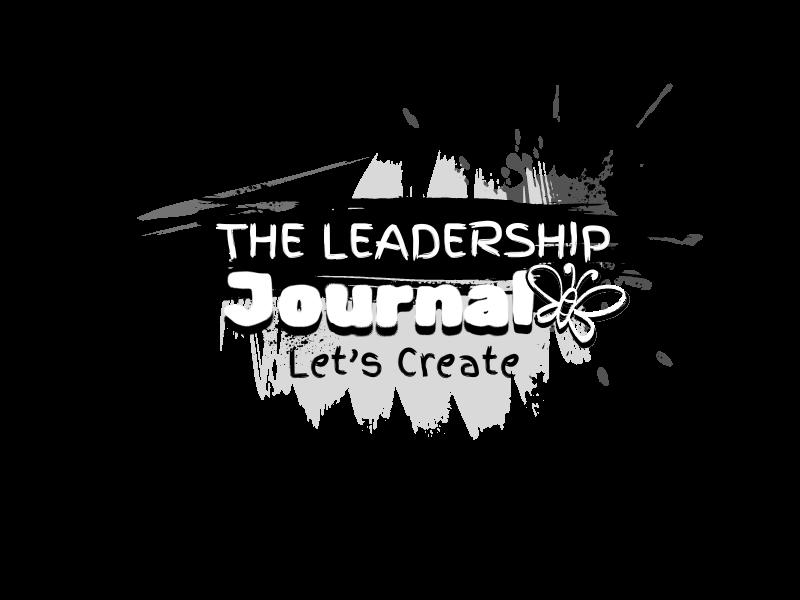
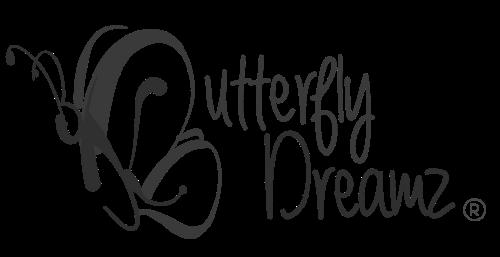







Copyright © 2024 Butterfly Dreamz, Inc.
All rights reserved. ISBN:


DREAMZ, INC.
“She knew that God tore down the old world every evening and built a new one by sun-up.”
—
Zora Neale Hurston
Their Eyes Were Watching God
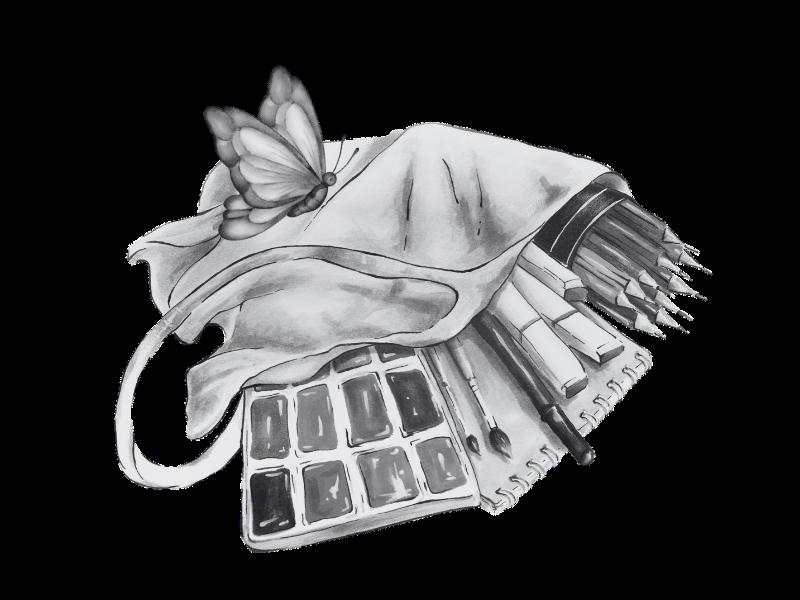


What do you see when you look into the mirror? What do you want to see?
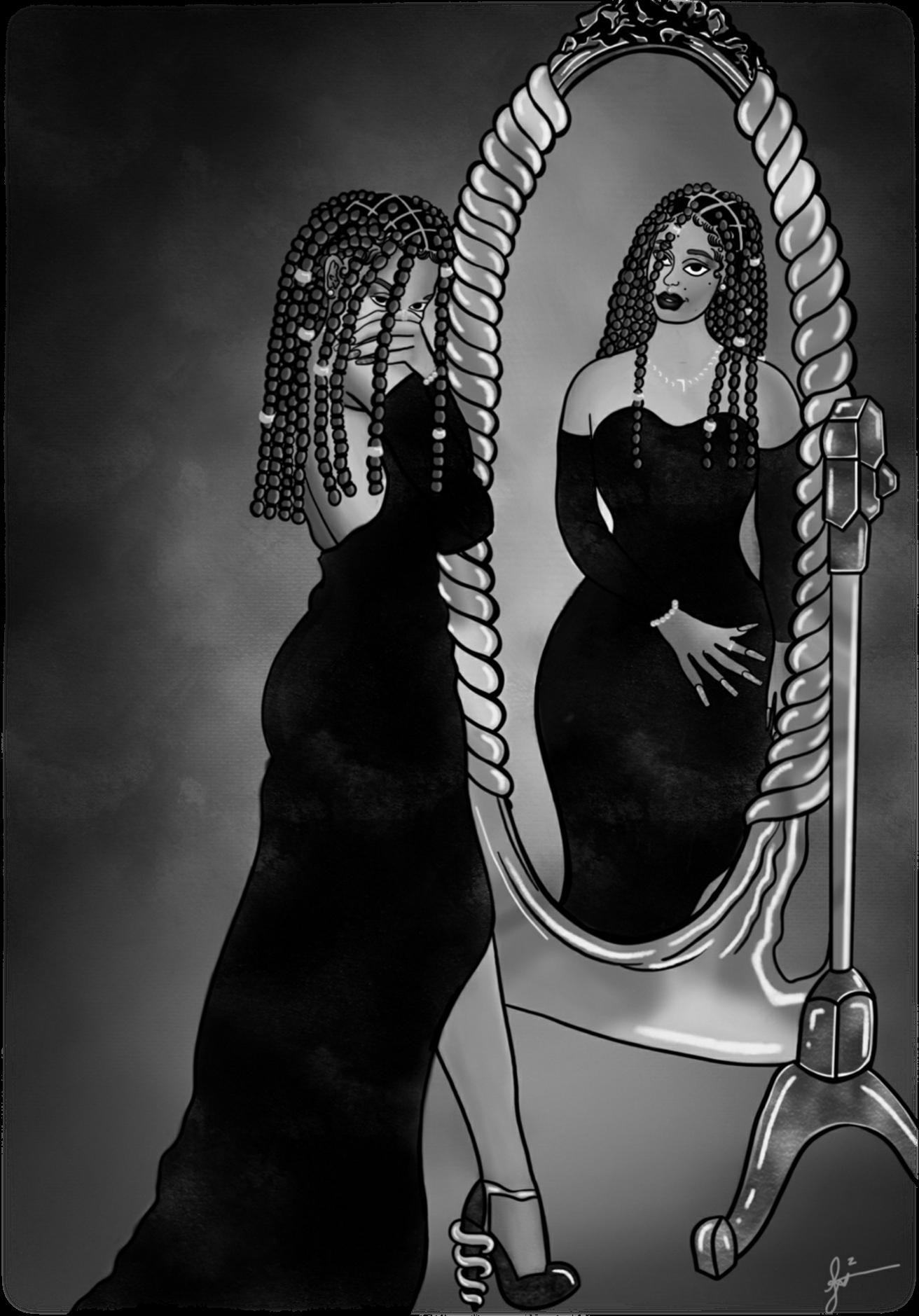
“Ifnothingchanges,nothingchanges.”
By Judea Green

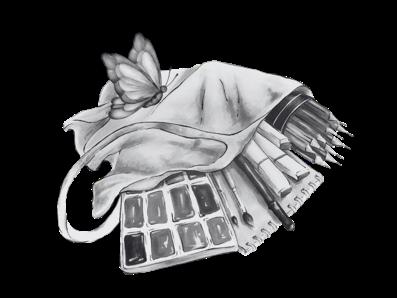
What does self-love look and feel like to you? How does it sound? Draw your thoughts…
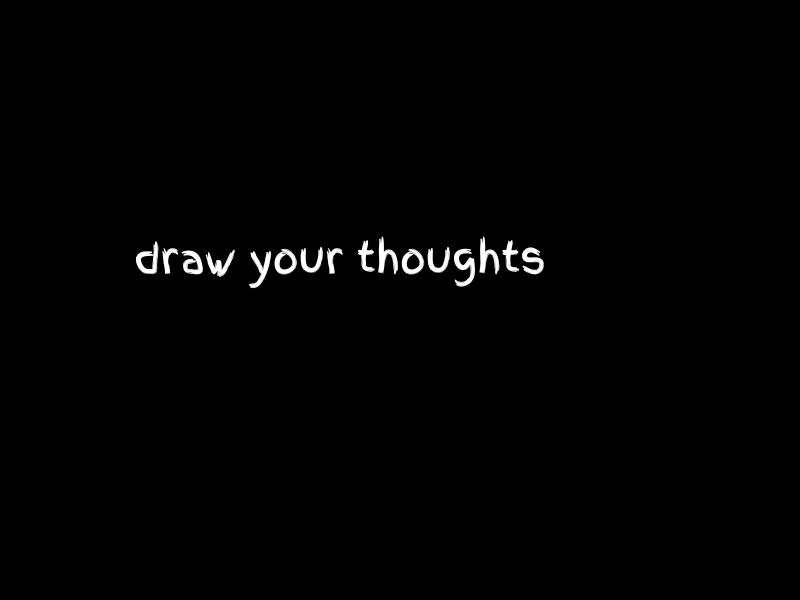
By Judea Green
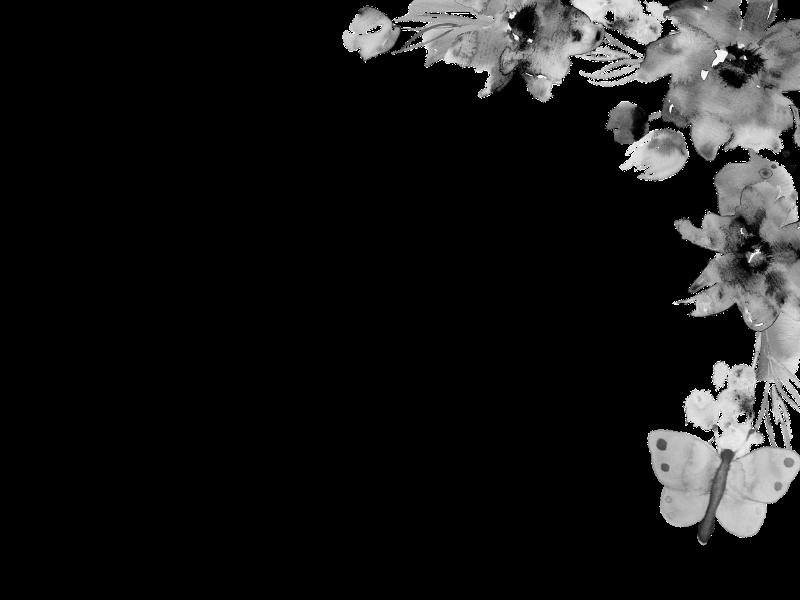

When I read James Baldwin's quote, "Not everything that is faced can be changed, but nothing can be changed until it is faced," I almost immediately knew what I wanted to draw. I pictured a young woman standing in front of a mirror, hiding from her reflection. In the mirror, there would be another version of her who wasn't scared to look, who wasn't afraid to smile, who wasn't afraid to be. I wanted it to be clear that the young woman hiding was feeling insecure. She doesn't look like she has a reason to be, but looks have nothing to do with it. I loved the idea of making the piece seem vintage, making the moment look like a time that has come and gone.
The best thing about a still image is wonder. I wonder what happened next? Did she look in the mirror? Did she face herself and learn about the beauty within, or did she hate who she saw and continue to reject herself?
There is no way to tell if she'll ever look in the mirror, but isn't it beautiful to know that if she does, she'll only have herself to face? This piece, “If nothing changes, nothing changes,” is better than I imagined. My piece means the world to me. The name comes from my grandmother, who would repeat this line to my mother. My mother said it to me, and now we say it to each other. In my family, generational curses are often swept under the rug. I may not have known most of the women in my family, but I know their stories. Unfortunately, they are all similar. When I look at my piece, I see a reminder that facing myself today could save me from a lifetime of heartache. It gives me hope by reminding me that I'm not alone and that it's okay to be scared and feel like I can't face myself. The name isn't enough to strike change. The piece itself isn't either. Both go hand in hand. I need my piece to exist for my grandmother so she can know that even though we've never met, she has impacted me. When I see my piece, I see every woman in my family. When I look at my piece, I see what needs to change.
I want every girl and young woman to gain a sense of self from my piece. I want to speak to any insecurities they have. I want them to look at my piece and choose to face the parts of themselves they hide from. I don't want them to be afraid of who they are or what they've gone through. I want them to hold my piece in their heart and carry it with them everywhere they go. It's what my grandmother would have wanted to do.
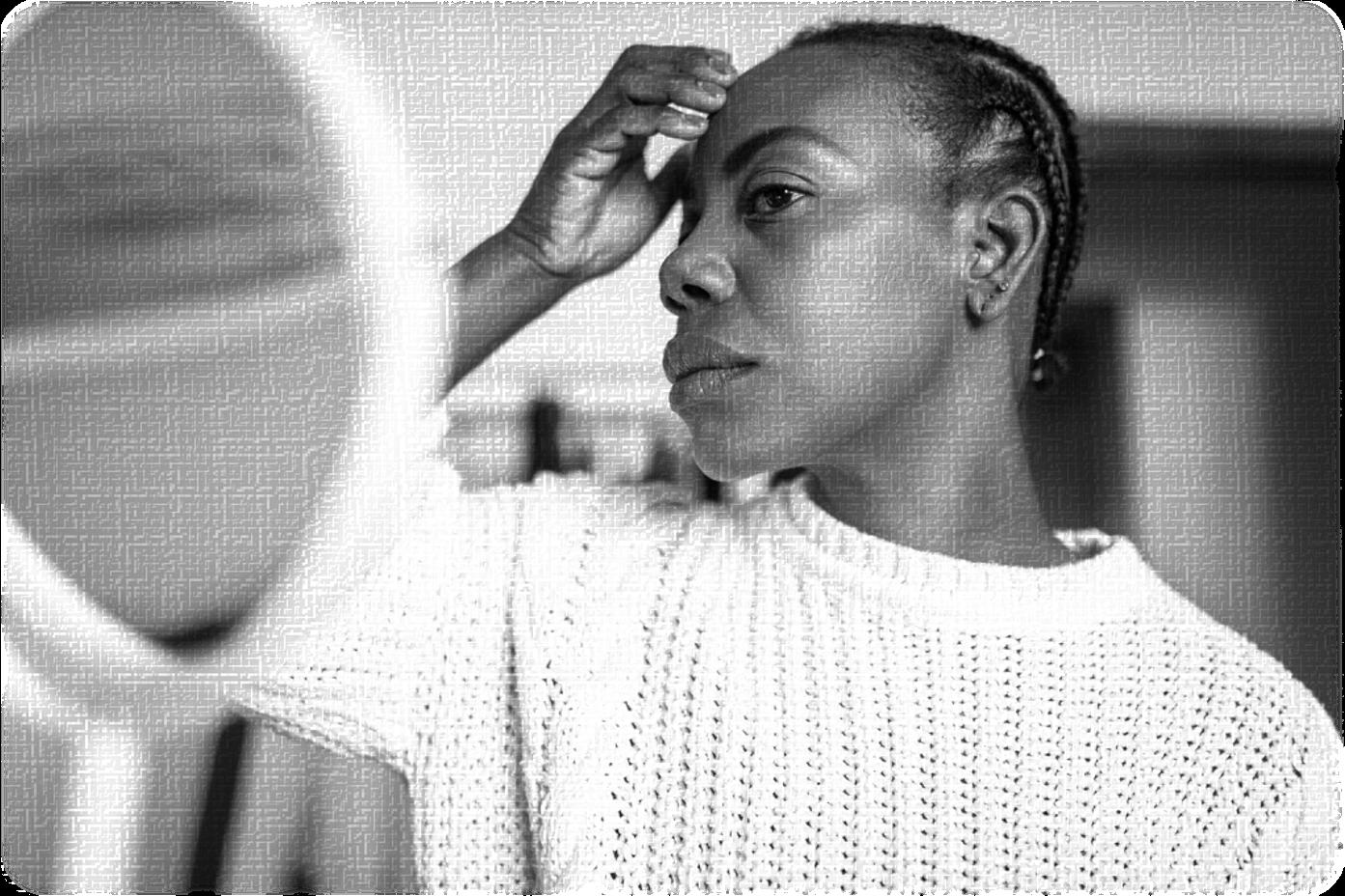

Look at yourself in the mirror and make two lists: 1.) a list of the things you see and 2.) a list of the things you
Reflect on your two lists. Are there any gaps between what you see and what you want to see? If so, how might you bridge those gaps?
Step 3: Create a decorative mirror and write down a few daily affirmations to encourage yourself every morning. For example, you may choose to decorate a handheld mirror with butterfly jewels and write an affirmation that says, “Today, I will Live Boldy, Dream Big, and Fly High!”

Share your creation with other women and girls on our Cocoon Club community app! Visit cocoonclub.org/join to learn more.
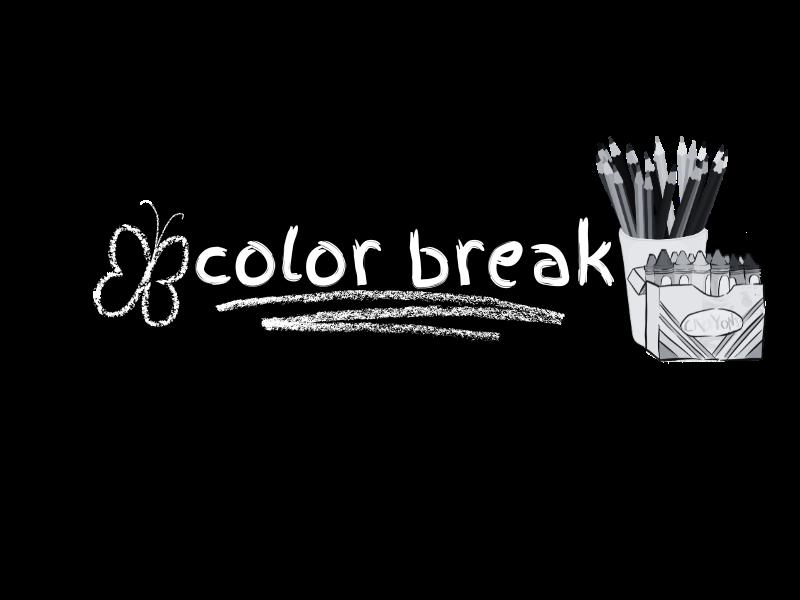
Take a coloring break! Put on your favorite playlist and let your creative energy flow.



Have you ever met someone of a different culture? How did it change your perspective?

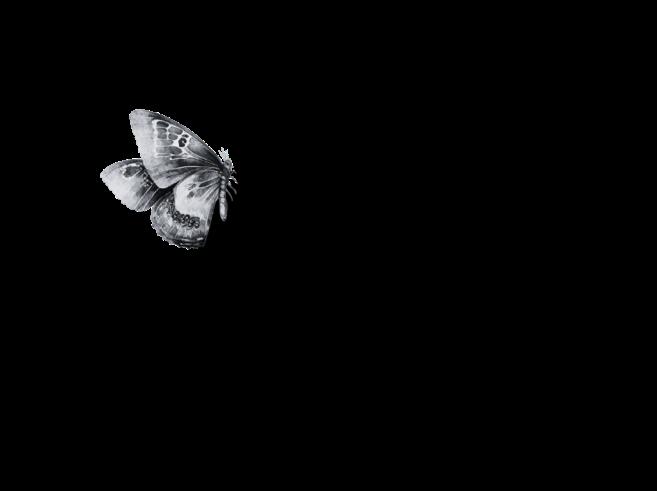
Photobyshoted

What fears do you have about connecting with new people? Why? Draw your thoughts…


By Xanaria Jackman
A barrier sat around us not like a river between two lands that flowed out endlessly in between, but more like an invisible wall. One that separated one person from another, it was a barrier of the mind. It can make it hard to communicate.
Half of my family are immigrants. My grandmother is Liberian, and my grandfather is Panamanian. My grandfather spent most of his childhood and young adulthood in Panama before he moved to the United States. Since I was little, I was taught that if you wanted a better life, you needed education. The summer of 6th grade, my mom decided that, as a vacation from school, we would go see some of our other family out of the country. I was going to Panama! It was a chance to learn more about part of my culture.
It had been an hour since we got off the plane. We arrived in the evening, approximately 4 to 6 pm. It was warm and a little muggy. A mix of tropical and urban streets. My mom told me my grand aunt was waiting
for us at the airport. She seemed happy to see me! She told me how she had not seen me since I was a baby. We got in the car and settled into a hotel. A day later, I had a chance to meet my cousin, Shadi. She was tall, slim, and had very slender eyes. She was a relatively normal girl. It's odd meeting someone related to you who you have never met. However, she was around the same age and seemed rather friendly. I didn't know one thing could make such a difference between us.
"Hello, what's your name?" Her eyes went wide, and she stared, smiled, and laughed. I was a bit baffled. My grand aunt was able to understand me. I looked at my mother, confused, and she began to speak, "¿Tu Què es tu nombre?"
Shadi looked at my mom, shocked, and then answered my question to me, "Shadi." After that, her mouth started moving a mile per minute. My mom would laugh and smile, but I couldn't react. I think Shadi could tell the expression on my face. She stopped talking and smiled again. We were right there in the same room. Yet, everything felt so distant.
Hours turned into days. I experienced more of the culture and the city. The heat stayed strong daily, and a peaceful bliss at night. I enjoyed foods like patacones, a fried plantain dish that I seldom get to eat at home, and new foods I disliked, like raspo, a watery condensed milk Icee. Not my favorite. Things continued, though; unable to communicate, I stuck out like a sore thumb. Shadi went to school during the day, but afterward, we got to hang out. Shadi still treated me with kindness and was willing to try to talk with me. I tried my best to talk with her, too, but we never really understood each other. I felt resentment in myself. It was like I knew nothing about where I came
from. I couldn't roll my R's. I couldn't understand the simplest of phrases. I was too Americanized.
One night, when we were walking back to the hotel, I attempted to try and speak to Shadi through Google Translate. I was desperate. I wanted a way to get to know her better. I wanted to get to know more about my culture without feeling left out. As we walked, I saw a food truck on the street. I typed it in as quickly as I could before we passed it and had Google translate it. I gave her my phone to read, but she looked at me, confused. The smile that shined brightly faded. She seemed to always understand what was going on. I attempted again the same look. This time, she turned her head and ignored it. I got scared that Google Translate failed me in some way. Did I say something disrespectful? I came to realize that it was something much deeper than that. When we came back, my mom told me. Shadi couldn't read as well as I could.
When we got back to the hotel, Shadi invited me to her house. I was excited! My grand aunt owned land, so I spent my time there and at the hotel. As we stopped by Shadi’s house, I noticed it was made of cement and wood and rather plain. It was nothing of what I expected. There were several apartments, but none of the people really looked friendly. Right next to the building was a liquor store. We climbed up about four flights of stairs until we got to the little apartment. Her mom opened the door. There was no air conditioning, no fans, not even a TV. Two rooms made the house. Just a bunk bed, storage bins, and a small kitchen. Shadi looked excited to show me around. Her mother started to make something to eat. Her two other siblings sat and played in the other room. For a family of four, this was shocking to me.
I missed most of my culture because of being born away from it. I sat through a constant gap between languages. At the same time, I've been given opportunities and a stronger education system that can help me for a lifetime, something Shadi may struggle with obtaining. I'd been so afraid of being left out that I hadn't thought about how Shadi felt.
I will never forget the joy Shadi had when meeting me her eagerness to show me around the city. We couldn't conversate or understand each other. However, we shared smiles and tried to make each other feel welcome.
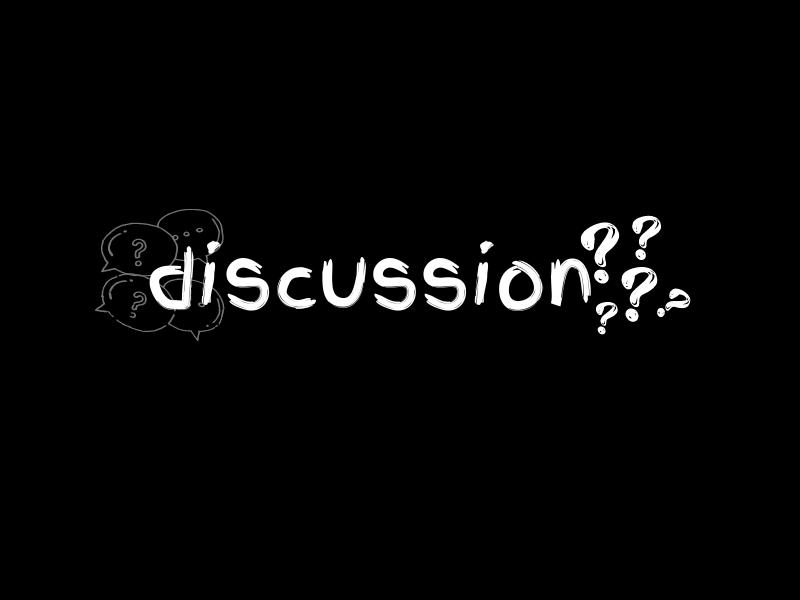
1. Can you relate to Shadi or the author, Xanaria? Why or why not?
2. The title of this story is, “Shadi’s Smile.” How might a smile help build a connection with someone new? What are other actions that might help with building a new connection?
3. What barriers might prevent us from connecting with people from different cultural backgrounds? How can we try to overcome those barriers?


Create two friendship bracelets. Use colors and materials that represent your personality and values.
Identify someone who you’ve seen around your neighborhood or school community someone you don’t know very well but would like to get to know.
Step 3: Next time you see them, give them a warm smile and a complement. Then, tell them that you are taking on a leadership challenge to meet new people in your community. If they seem receptive to having a conversation, share with them a copy of The Leadership Journal and gift them one of your friendship bracelets.

Share your creation with other women and girls on our Cocoon Club community app! Visit cocoonclub.org/join to learn more.

Take a coloring break! Put on your favorite playlist and let your creative energy flow.


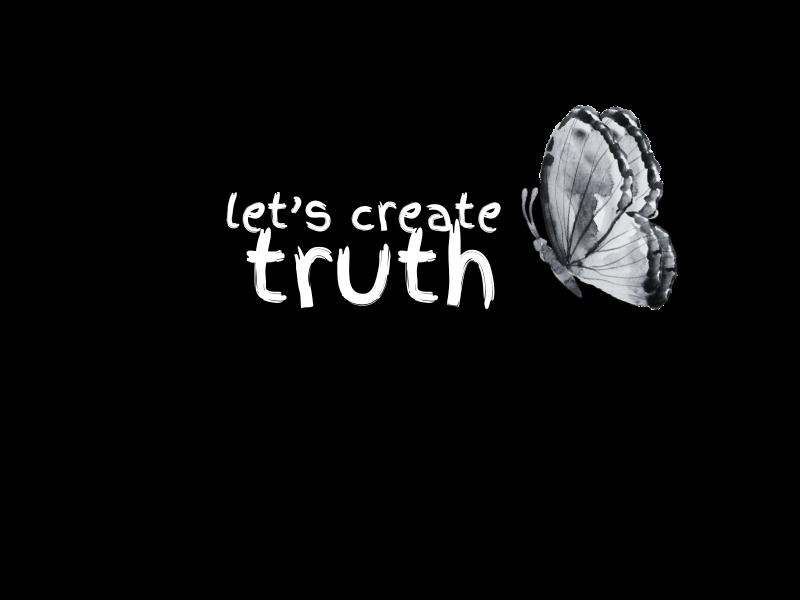
What’s a truth about you that most people don’t know? Why is this truth hidden?
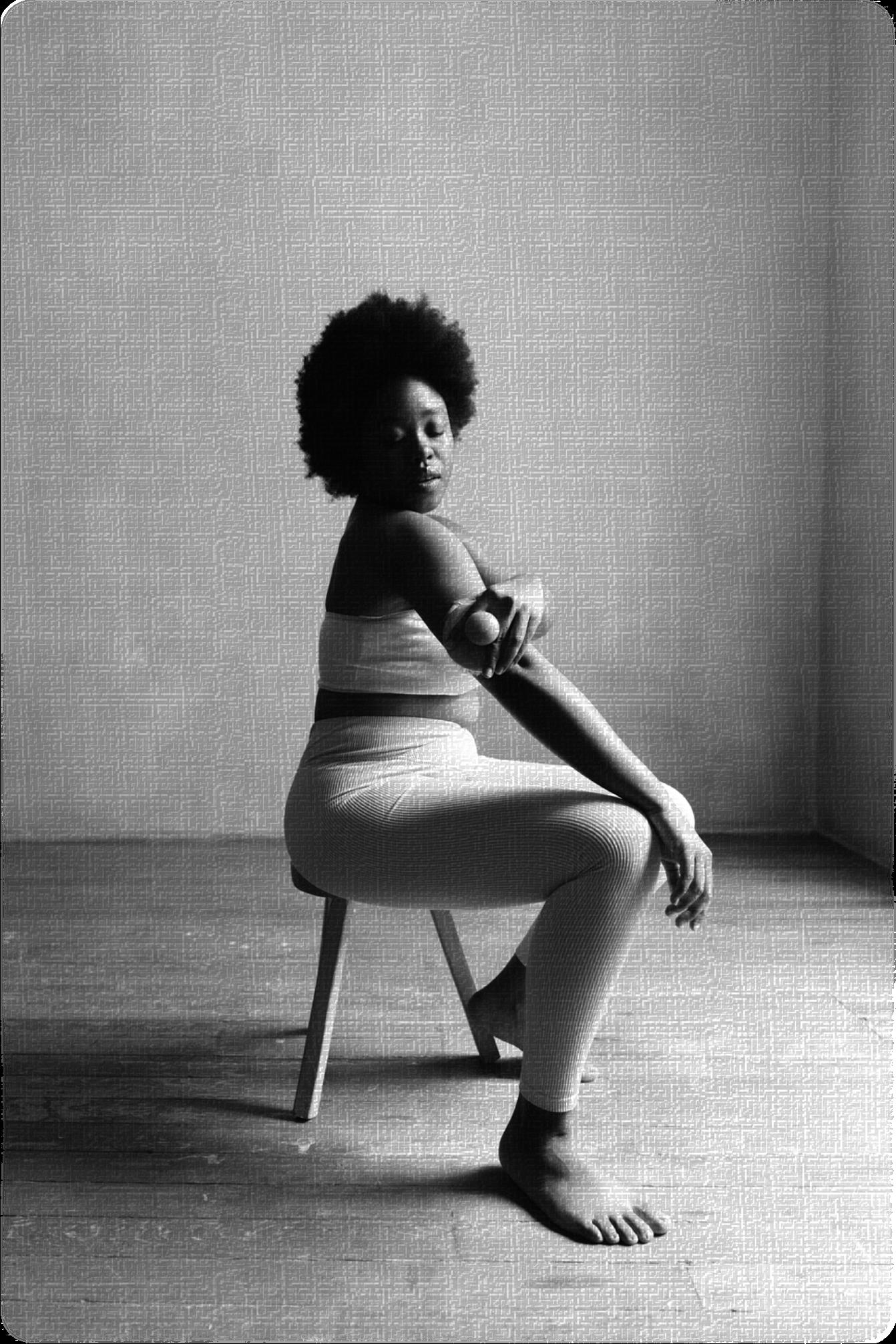

What values represent your true self? How do those values guide the way you serve others?
Draw your thoughts…

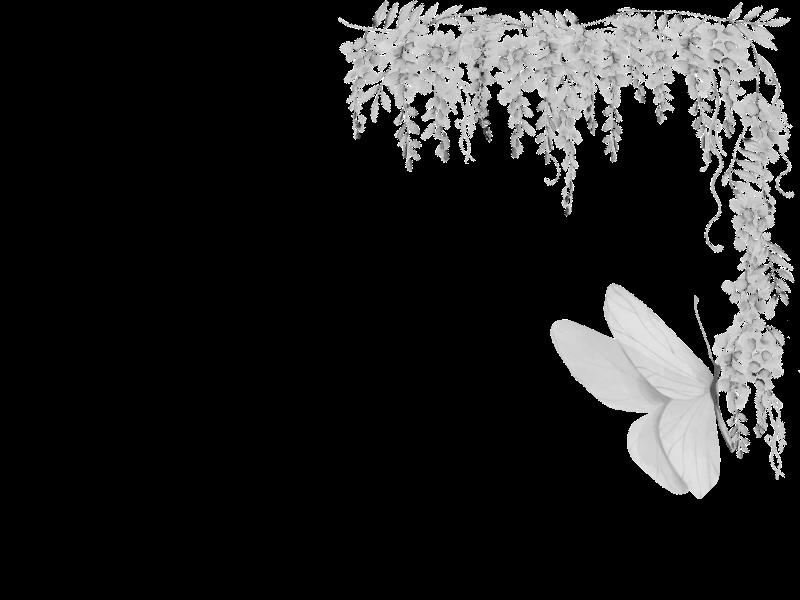
By Oyinwonuola Fasasi
Is it hard?
To decide to do it?
Something? One thing? Everything?
To be of service? To extend both Soul and heart out to the world with no promise of return?
What shape does it take, that thing inside you?
Is it soft? Tame? Fleeting? Speaking in whispers? Is it tough? Volatile? Simmering beneath the surface? Roaring to be heard?
Or is it both?
Both steeped in conviction? Obligation? Need?
What does it demand of you? In you? From you?
Anger? Spite? Hardness? Frustration? Understanding? Softness? Goodwill? Peace?
Do you resist?
Do you meet that siren call and say no?
Heart bowed? Mind surrendered, Soul indifferent?
Do you relent?
Do you meet that siren call and dare say yes?
Heart full? Mind bright? Soul eager?
I can't imagine that it is not the latter. When you wrote at an early age that you wished for judicial appointment. It could never be the former. When you convinced a law firm to take your uncle Thomas Brown Jr.'s case pro bono, beginning a career scattered with victories against a country's longtime commitment to injustice. It could never be the former. When you were confirmed to the Supreme Court, the first Black woman to ever do so, igniting the light and fire of many. It had to have been the latter.
It is hard.
To decide to do it.
Something. One thing. Everything. To be of service. To extend both Soul and heart to the world with no promise of return.
It is both.
Both steeped in conviction. Obligation. Need. It demands everything of you. In you. From you. Yes, anger. Yes, spite. Yes, hardness. Yes, frustration. Yes, understanding. Yes, softness. Yes, goodwill. Yes, peace.
And still. You relented. Met the siren call and said yes. Heart full. Mind bright. Soul eager.

1. What’s one thing that’s hard to do but worth your time and energy? Why?
2. Are you committed to serving others? If so, why do you serve/commit? If not, why don’t you?
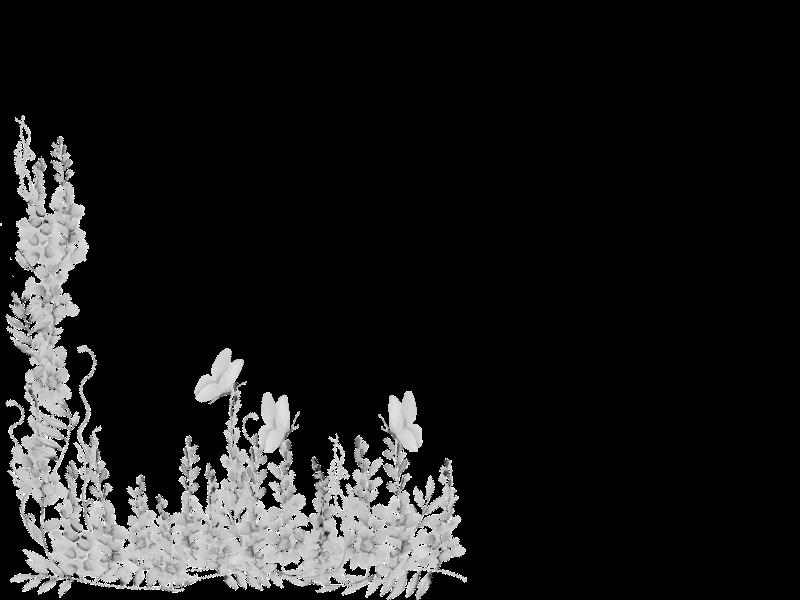
3. If you were to have dinner with Judge Ketanji Brown Jackson, what would you want to talk with her about? What questions would you want to ask her? Why?
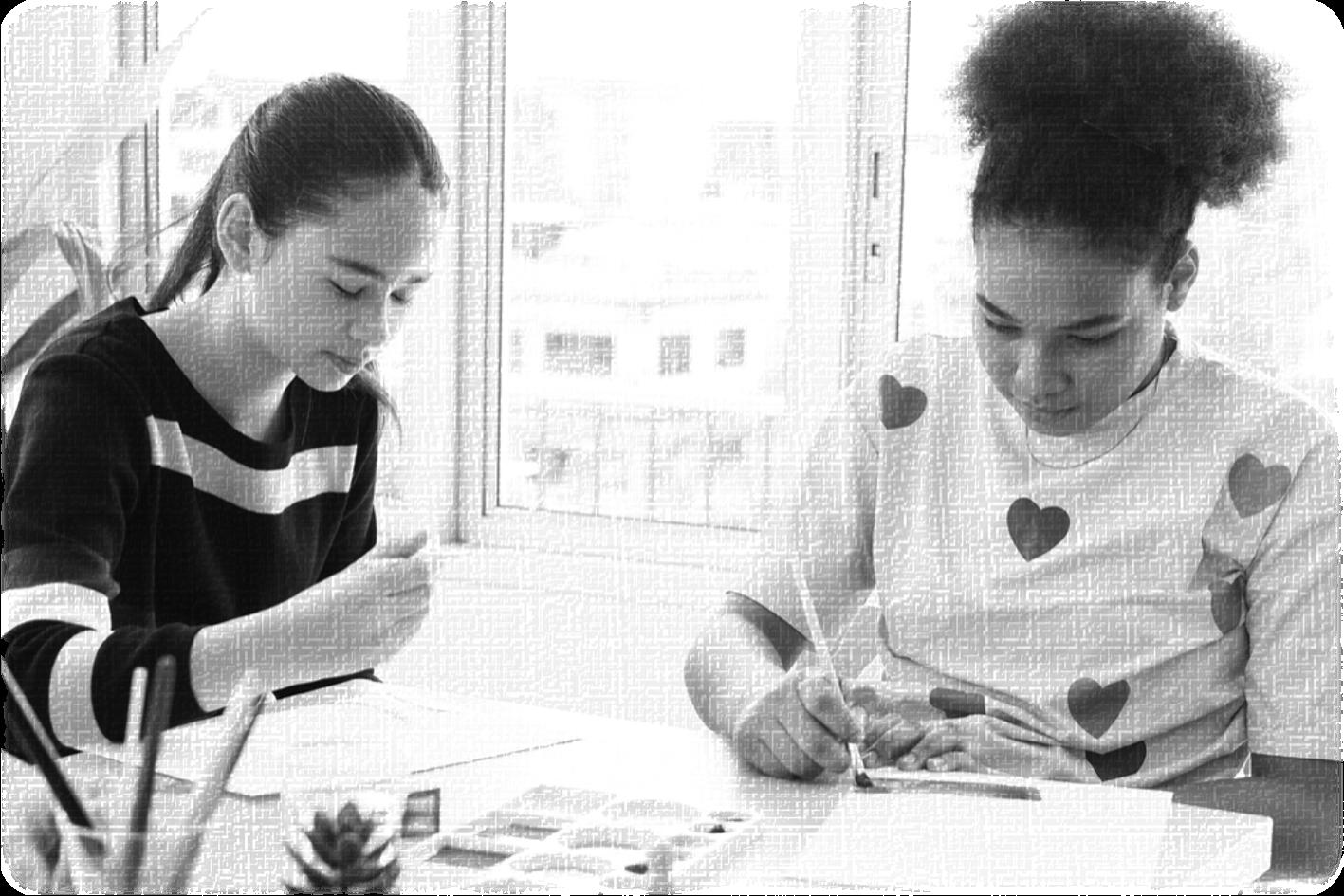


Step 2: Identify a quote from The Black Women’s Manifesto (or from somewhere else) that communicates a truth you believe in your heart and Soul.
Step 3: Create a painting to accompany your quote. Have fun with your painting! It can be as abstract or concrete as you want it to be. Choose colors that represent your truth.

Share your creation with other women and girls on our Cocoon Club community app! Visit cocoonclub.org/join to learn more.

Take a coloring break! Put on your favorite playlist and let your creative energy flow.

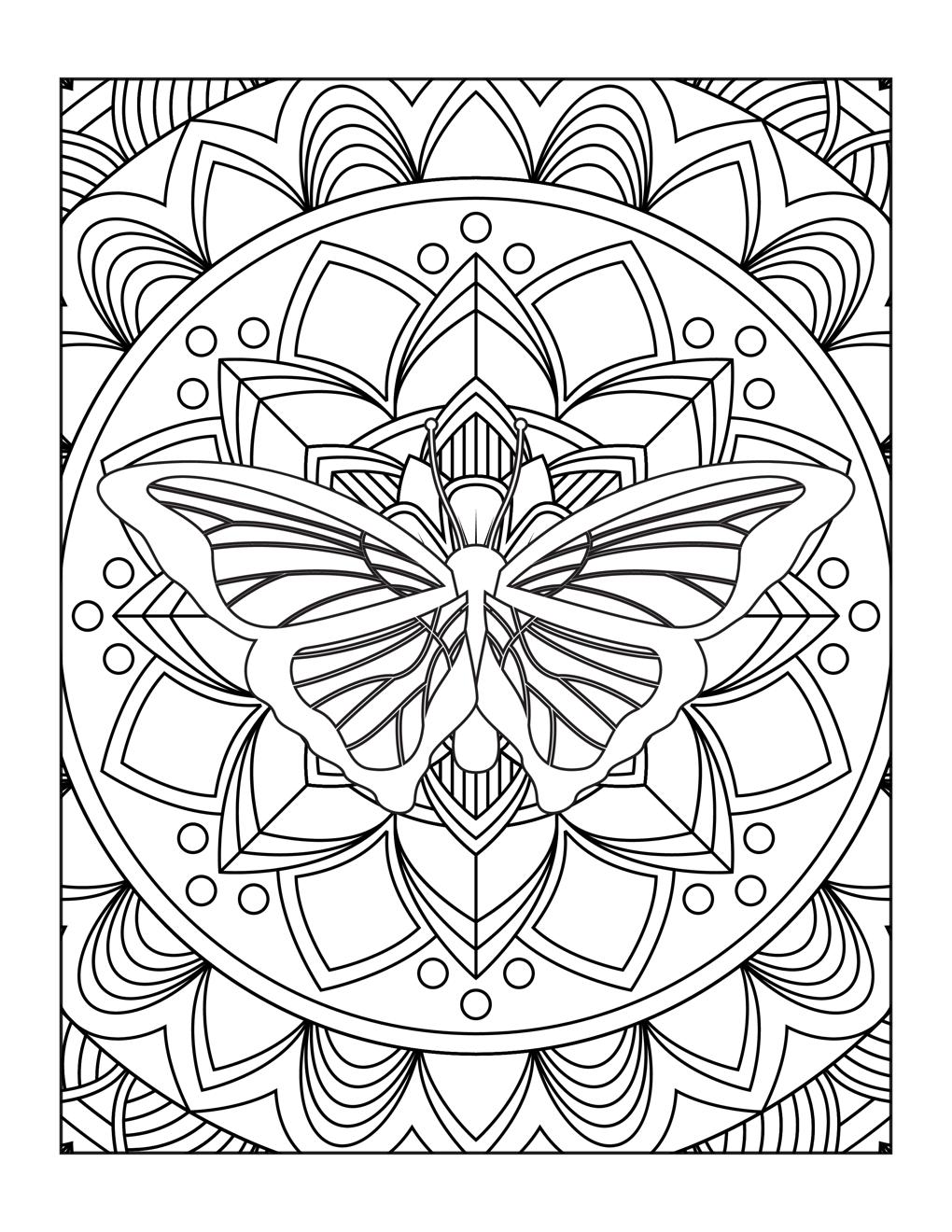

Take a coloring break! Put on your favorite playlist and let your creative energy flow.

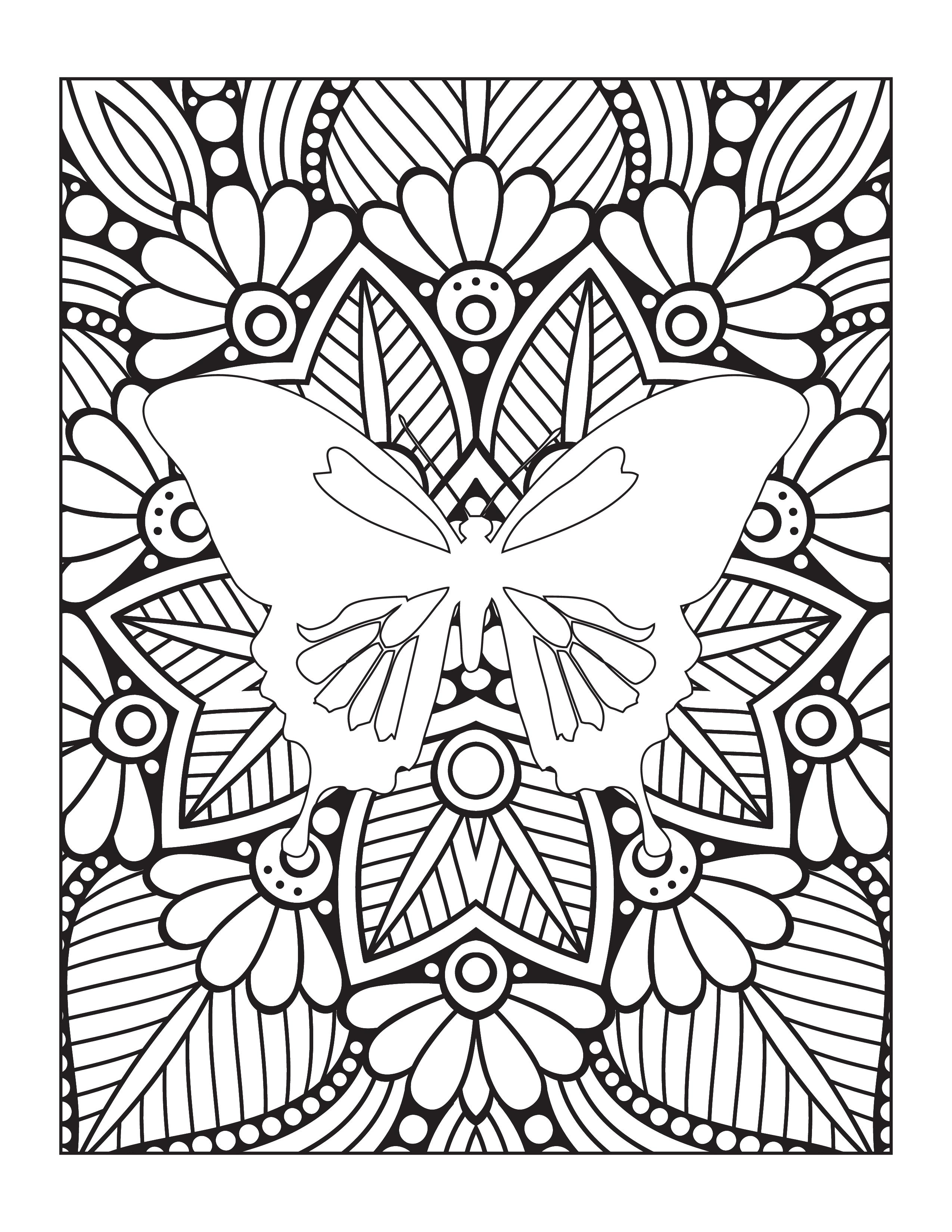

When you think of the word “power,” what images come to mind? Why?

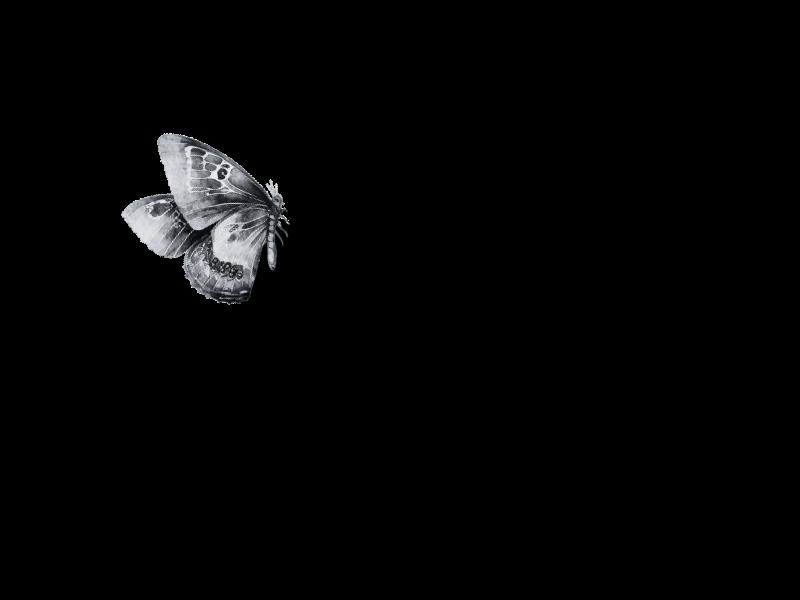

Think of someone you admire. What’s their superpower? Draw your thoughts…

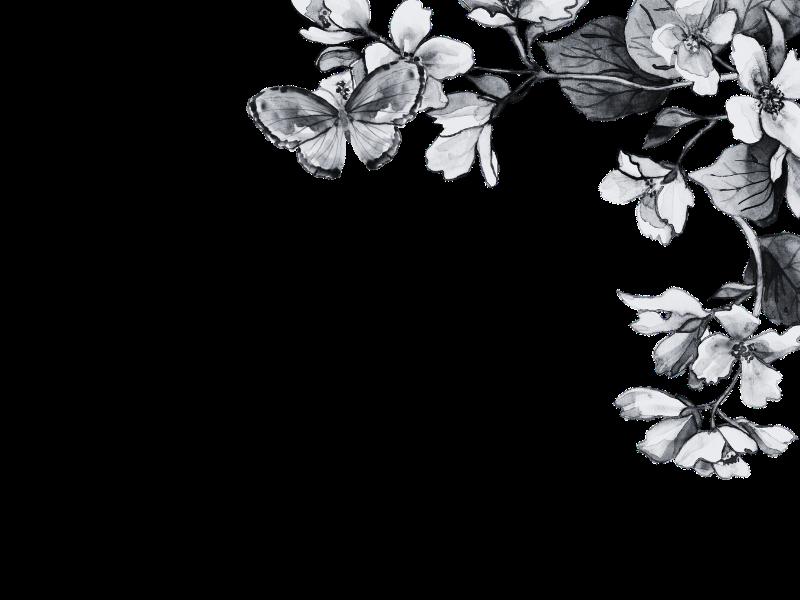
By Milan Jackson
I
n my Shero, I trust like the American dollar bill
Her ability to balance between the illusions of failure and what's really real
The streams of wisdom that ever so flow through her mind and leak from her tongue like the Savanna River
With the heart of the North and the soul of the South
She is a creation of one of the world's greatest migrations.
Eliminating the perception of fear
Combusting the will to persevere
This woman's strength was reborn with the womb
Everlasting like the tomb
If only she knew what kind of love she drew.
Her care aids healing
Her stories shade meanings
Her spirit grows light in the war of all killings
She is the root in the Garden of Eden
Her soul the soil: bold and enriching
It reaches the heart like the deepest of emotions
She's who I turn to when I think of running home
Her arms feel like blankets
wrapped around the body in a cold storm
Her support reaches my presence through the walls of my dorm
Our care for each other is as endless as the sea
She's made me the person that I am
And has given me the vision of the person I want to be
The person I described is a person known by many
The love shared is the power of Black women
What abilities they foster can seed an entire ground
Blooming the foundations of the future
My Shero has given her everything to me
Even in times of drought her care for me is plenty
We are who we are because of the women around us
There is a shero in every home
In every neighborhood
In every church
In every school
My Shero is my mother my grandmother and many more
And in them I trust like the American dollar bill

1. Think about the word “power.” What words or lines from Milan’s poem align most with your thoughts on power? Why?
2. Who is the most influential person in your life? How have they shaped who you are today?
3. How do you want others to see and experience you and your superpowers?
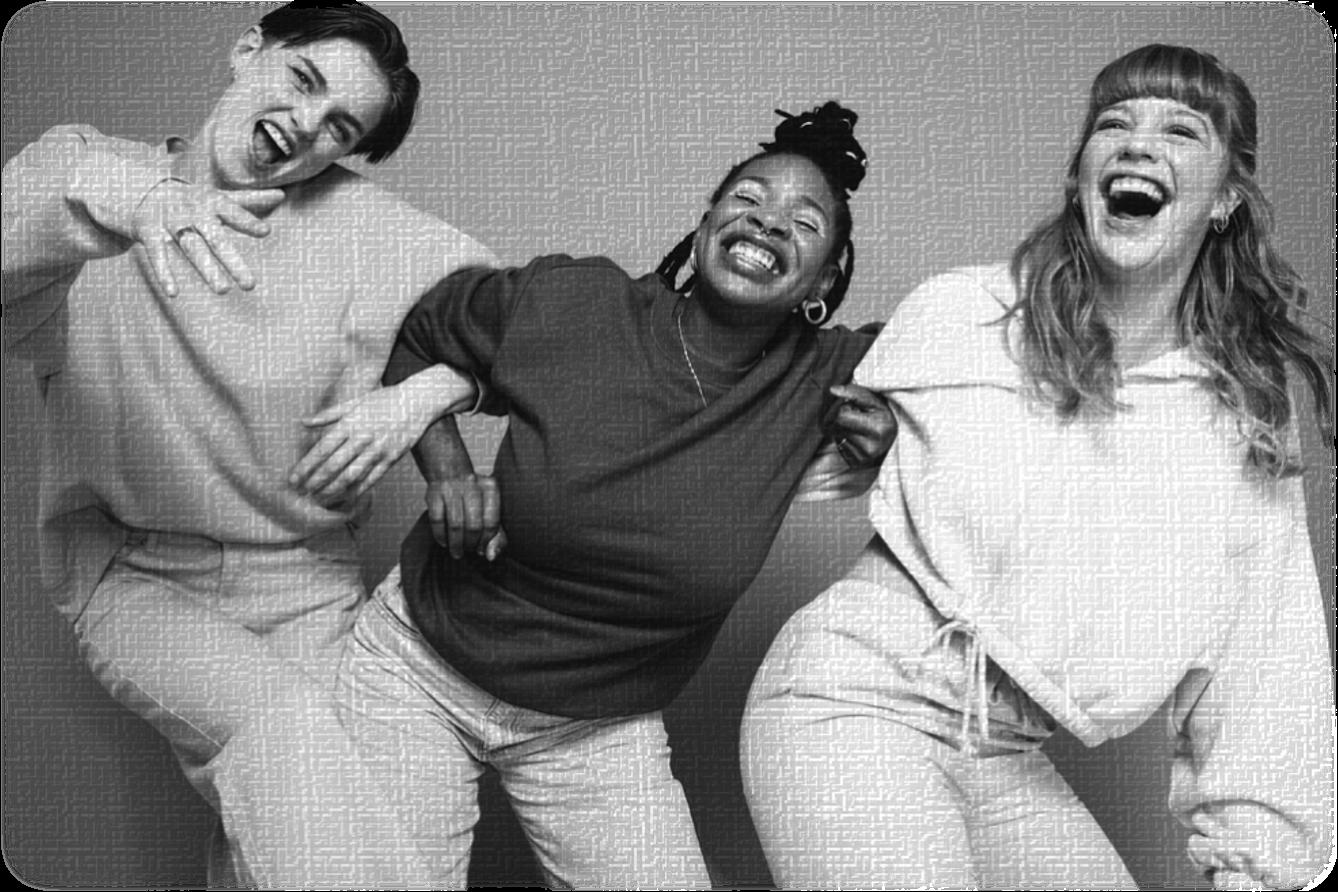

Listen to a song that makes you feel powerful. If possible, turn the volume up and dance while you listen!
Go back to the words or lines from Milan’s poem that align most with your thoughts about power. Using those words or lines from the poem, create a new verse for the song from Step 1. Then, create a dance move that fits the song’s beat and rhythm.
Step 3: Share your new verse and dance move with someone who you admire. Invite them to add to the verse or dance you created so you both can experience the joy and power of co-creation!

Share your creation with other women and girls on our Cocoon Club community app! Visit cocoonclub.org/join to learn more
Take a coloring break! Put on your favorite playlist and let your creative energy flow.




What does
“opportunity”
mean to you? What kind of opportunities do you hope for?
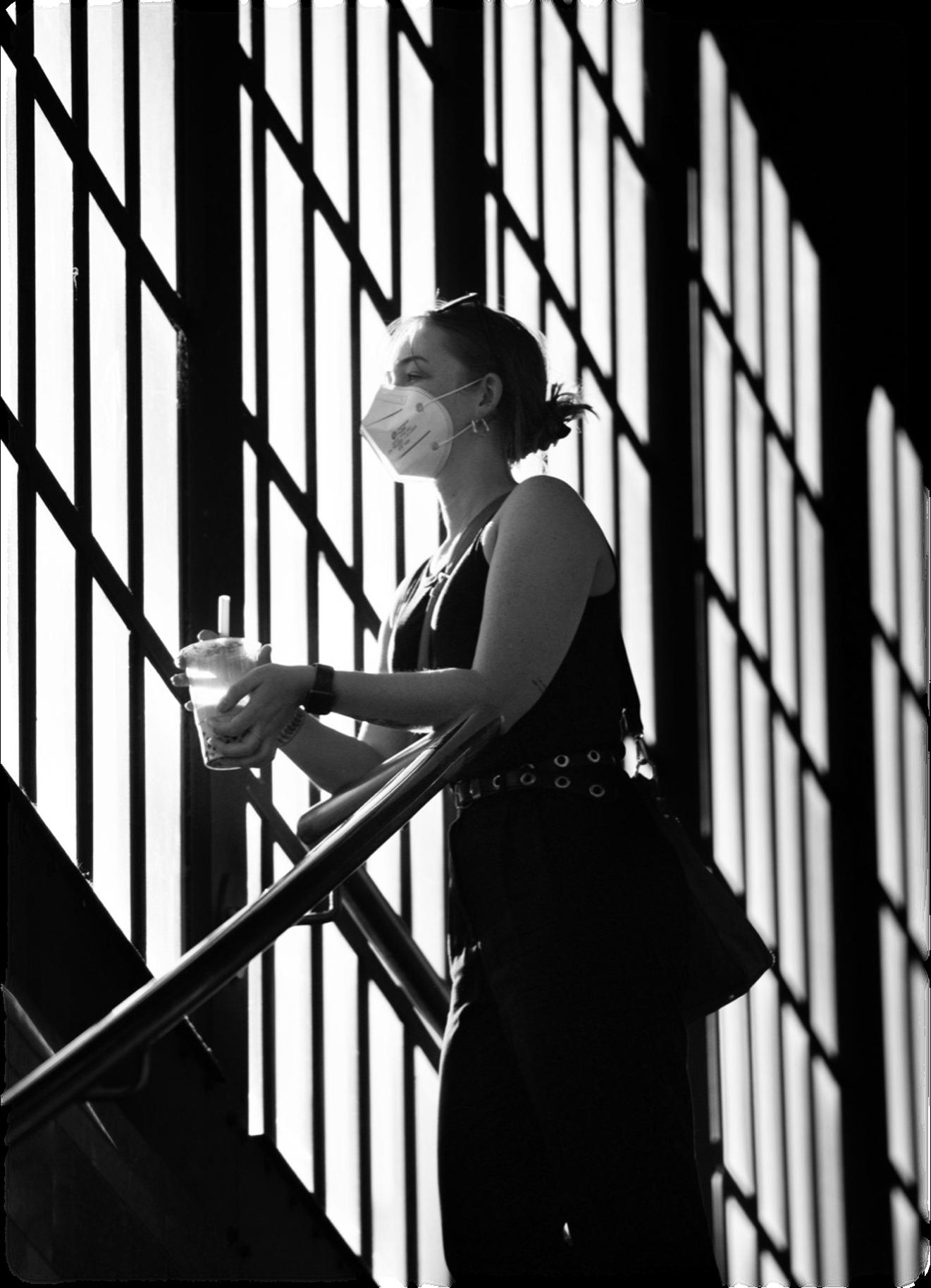


What’s an opportunity you think everyone should have? Draw your thoughts…

By Daniela Palacios

Rachel entered the prison system when she was twenty years old. While at Bedford Hills Correctional Facility in New York, one of the counselors informed Rachel about the application to apply for the College Program. Up until that point, Rachel had never thought it possible for her to continue her education within the prison walls. She already had a high school degree and had to take placement exams to determine the rigor of her courses. Some of her classmates needed to complete GED classes before enrolling in the College Program. At the time, Rachel could not imagine how much her life would change after being accepted into the program.
It had been so long since she had been in a classroom. The respectful treatment she received from her professors and the engaging seminar-style discussions with her classmates fostered an environment of intellectual growth and empowerment. There were still moments, nevertheless, when the prison environment disrupted Rachels’ education. Lockdowns in her prison meant that Rachel would have to return to her cell, even when she was in class, and remain there until the
headcount was completed. Moreover, the prison's restrictions on technology posed additional difficulties in her educational journey. When tasked with writing essays, Rachel relied on the support of her relatives outside of prison, reaching out to them to search for specific topics or news that she needed for her assignments. Completing her homework proved challenging as well because she often had to wait until late at night to find the silence necessary to concentrate on her studies. During her second year of college, one of her classmates was transferred to a different facility. Rachel’s professor was unsure whether that prison had the same educational program to enable her to transfer her college credits. Through this experience, Rachel became more hyperaware of the inconsistencies in educational access and opportunities for incarcerated women.
Rachel was motivated to obtain her degree while in prison. Through her coursework, readings, and class conversations, Rachel gained the critical self-thinking tools to imagine. She could imagine herself when she got out of prison and who she’d become upon reentering society. She had built a strong relationship with her professors and genuinely enjoyed the courses required for her bachelor’s degree in psychology.
Looking back on her journey now, Rachel recognizes that her time within the College Program was not merely an academic pursuit but a transformative experience that ignited a passion within her soul. After her release, her educational goals and rediscovered identity allowed her to establish herself in her community. She remains committed to her mission: elevating the voices of incarcerated women. Rachel fiercely advocates for criminal justice reform and education rights for incarcerated women. She has
worked with scholars and other experts in the field to further attest to how education is one of the keys to breaking the cycle of recidivism and fostering a more just society. Rachel condemns the persistent lack of education programs, including college programs, within women’s prisons. Moreover, she advocates for meeting the needs of “emerging adults” aged 18 to 25 who face unique challenges at transitional life stages.
In Rachel's eyes, education is not just a privilege but a fundamental human right. Through her unwavering dedication, Rachel seeks to dismantle the barriers that hinder access to education within the prison system and pave the way for a more inclusive, compassionate, and just society. Her voice resonates as a powerful reminder that incarcerated women deserve opportunities for growth, redemption, and the chance to reshape their narratives.

1. Have you faced any difficulties in your educational journey? If so, were they internal or external barriers?
2. Rachel’s mission is to elevate the voices of incarcerated women. What’s your mission? Why is it important to you?
3. Are there any available opportunities that you aren’t taking full advantage of? If so, what’s stopping you from pursuing them?


Invite a small group of your friends and family to join you for an “opportunity dinner” at your home.
During the dinner, ask everyone to share two thoughts: 1.) What opportunities do they hope to pursue this year? And 2.) What opportunities do they want to create for others in your community?
Step 3: Identify one opportunity that is connected to everyone’s hopes and interests. Then, work together to plan out how you will bring that opportunity to others. Be sure to discuss how you will educate others, advocate, and organize your community to implement your plan of action.

Share your creation with other women and girls on our Cocoon Club community app! Visit cocoonclub.org/join to learn more.

Take a coloring break! Put on your favorite playlist and let your creative energy flow.

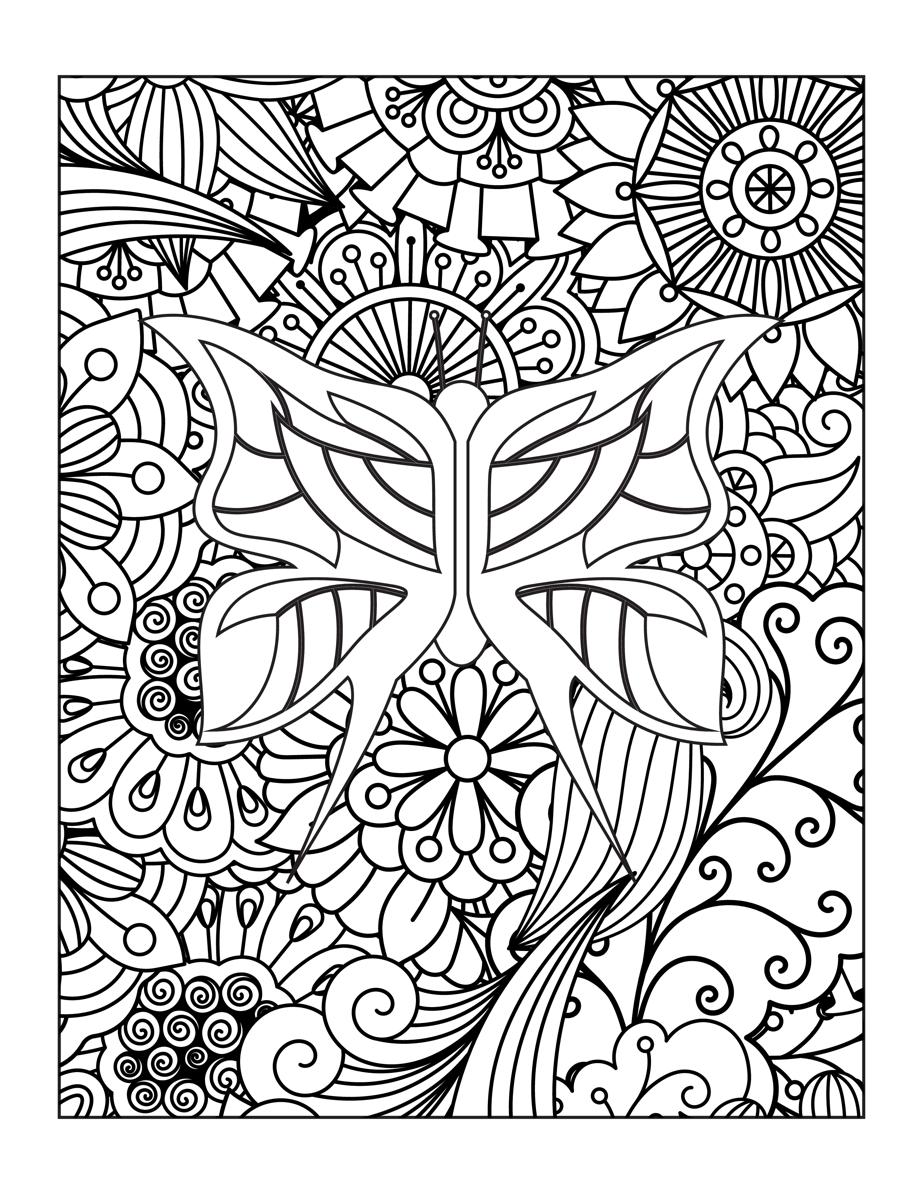

Take a coloring break! Put on your favorite playlist and let your creative energy flow.



Who are you? What parts of your identity are top of mind when you answer this question?


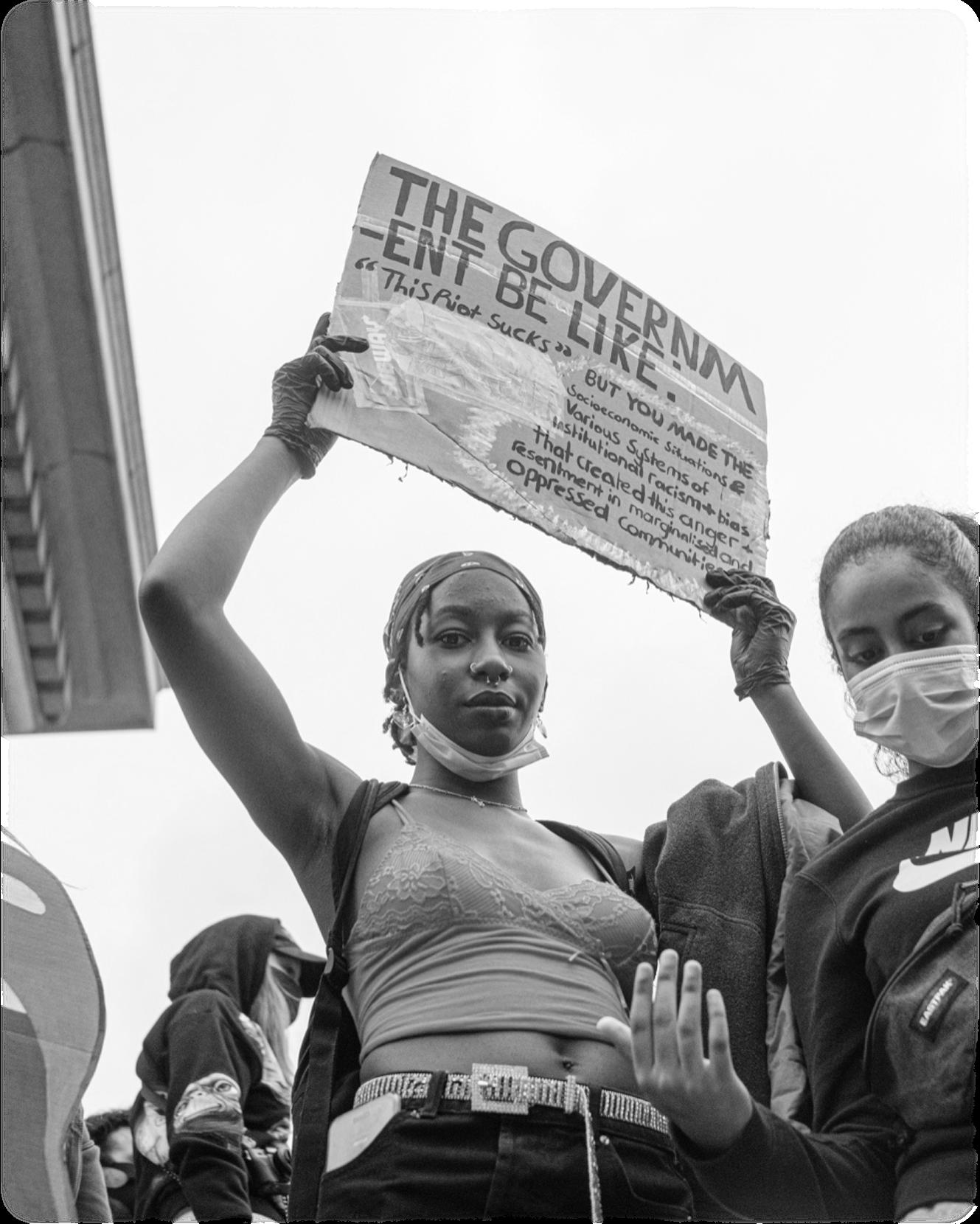

If you are unfamiliar with it, look up the word “intersectionality.” Draw what it means to you…

By Catherine Omeh
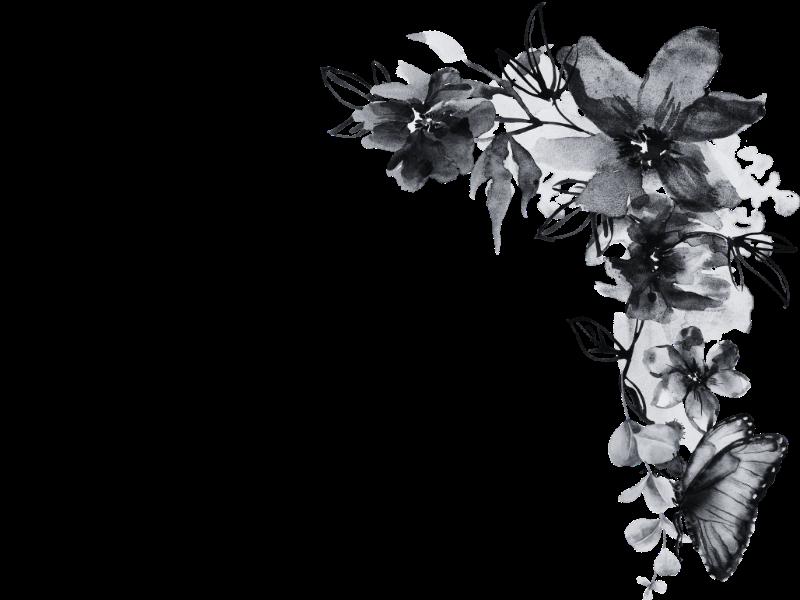
Dear Pauli Murray,
You are not here today to tell us whether or not you would identify as a woman based on today’s knowledge of the complexities of gender, but you had such a monumental impact on the lives of Black women during your time and during generations after, so I hope you would not mind me making you the focus of this letter. As an incoming honors scholar at Spelman College, I have been assigned to read a book written by Patricia Bell-Scott about your life and your friendship with Eleanor Roosevelt.
Initially, I went into reading wanting to figure out what the school wanted us to take out of it, but I think the staff understood that everyone would take something different from your life story, so I would like to share what I took. To start with some personal things, I felt seen when I read about your relationship with political parties, your sexuality, your out-spoken personality, and your religion. It was gratifying watching you grow more comfortable with yourself, and it’s nice to be reminded that I have a whole life ahead to figure myself out. You
also changed a lot without compromising your core values, and I admire that.
Zooming out from myself to society as a whole, I would like to first talk about your impact on Black people. I tried to trace back to where your advocacy began, and from a line in the book that mentions you advocating for yourself at six, it seems like advocacy was always a part of you, and it makes sense looking at the circumstances of your life. The people of your time justified a lot of hateful things by saying they were written in law, so you pointed out that you are American by this same law, the color of your skin making no difference.
You knew what you were entitled to as an American, so you challenged anyone who said differently. I personally need to stop letting people walk over me and make sure I get what I am entitled to in many aspects of my life. You also used knowledge as a tool. An excuse people made (and unfortunately still make) about why Black people do not deserve certain opportunities is intellect. When people doubted you, you let your actions speak louder than your words and showed them why you deserved what you had and what was being withheld from you. You combined the knowledge you gained with your natural talents and used it to speak up for people who couldn’t, especially those put in systems designed to hold them down, such as Odel Walker or the seamen with PTSD from unstable explosives.
It is so easy not to care about school beyond a grade, but as I start college, I will remember how you educated yourself to better help people. I will also keep in mind how you never let age stop you from going back to school, so I shouldn’t be hard on myself if I
need to take breaks from learning. It was also enlightening reading about intersectionality, and how being perceived as a Black woman affected how you were treated.
I always wondered how groups that historically faced systematic discrimination could discriminate against other marginalized groups. “You understand what it’s like, so how could you do this to others!” I’d wonder. Reading about 50 years of your life and getting to see what that time was like from someone actually there helped put things into perspective. When people feel powerless, they try to gain power. Some people do this by putting themselves on top, while others put people beneath them. You saw this, even within the Black male civil rights activists you worked with, and you were never afraid to call them out on it.
A group that is tearing itself apart is a weakened one, so you emphasized the importance of making sure everyone was being advocated for. You also dismissed the notion that by bringing up women's rights, you were distracting from civil rights. When you are a Black woman in America, your race is not the only factor in the opportunities, respect, and quality of life you get. Thank you for taking on both of these battles and paving the way for people to continue fighting them after you. I wish I could have met you, Pauli, but I am forever grateful for everything you did for me and everyone who looks like me.

1. If you could ask Pauli Murray any question, what would it be? Why?
2. What comes to mind when you are asked about your identity? How has the intersection of these identities affected your outlook on life?
3. What part of others’ identities do you typically notice first? Why do you think that is?
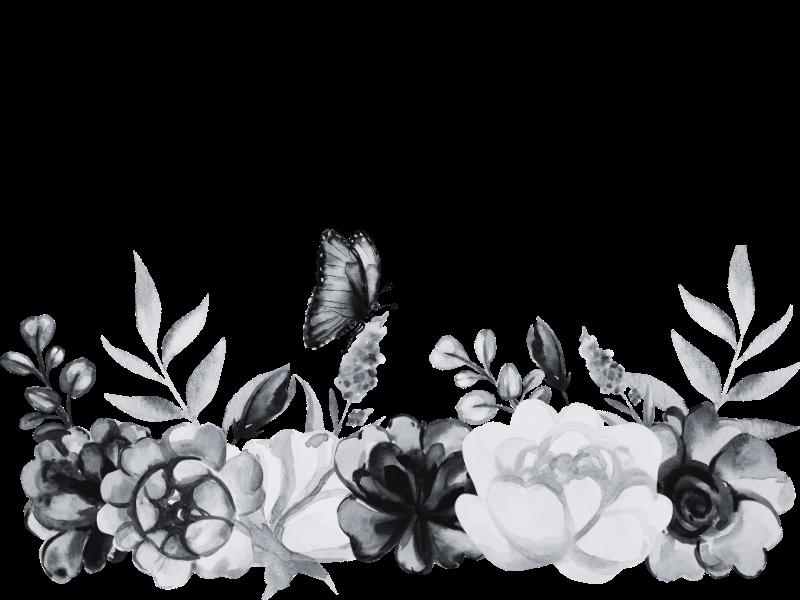
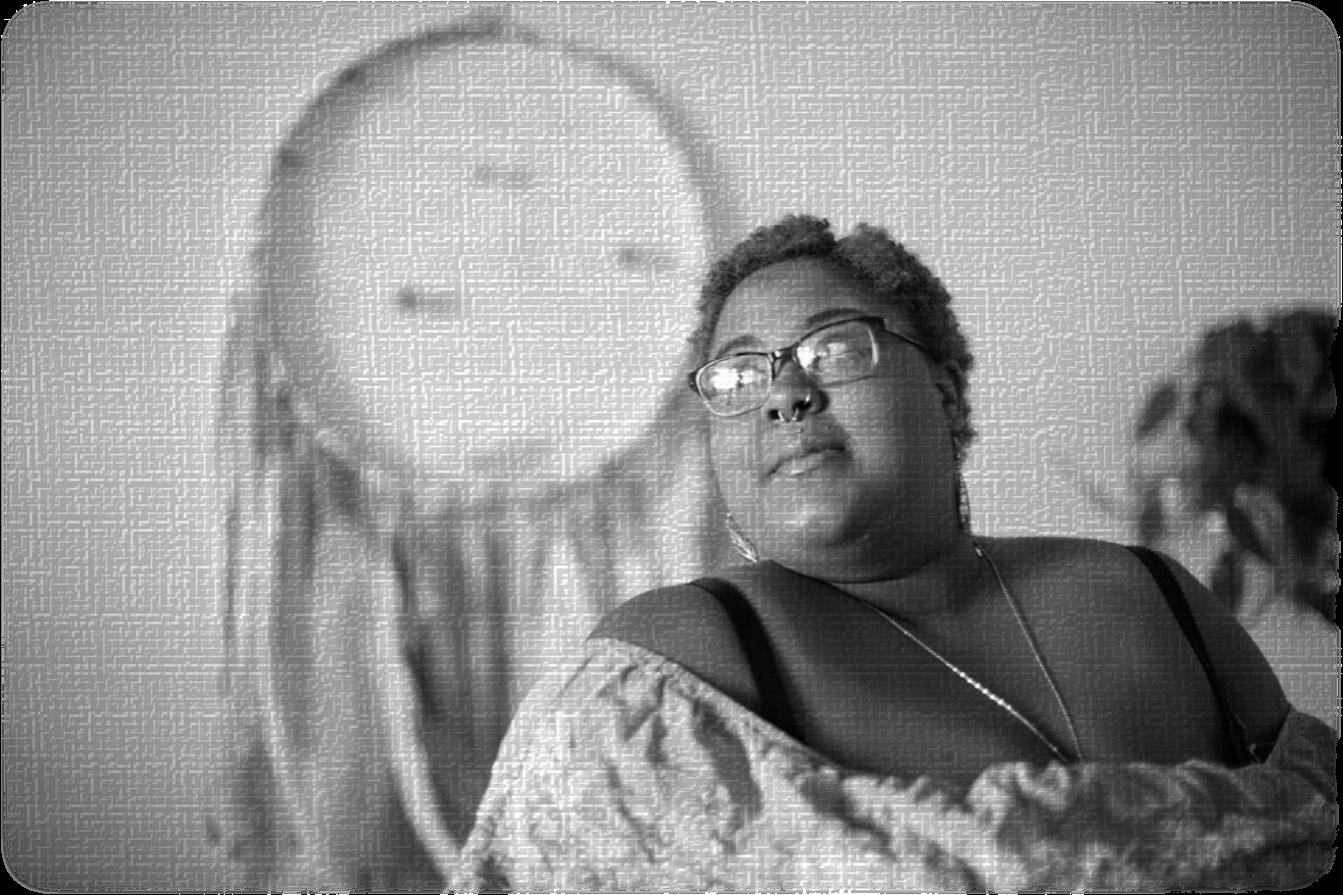

Collect a variety of paper materials (e.g., colored construction paper, magazine clippings, photos, etc.) that to create a collage in the shape of a butterfly. This collage should represent the intersectionality of your unique identity!
Step 3: Write a letter or poem to accompany your butterfly collage. Then, display your art somewhere special.

Share your creation with other women and girls on our Cocoon Club community app! Visit cocoonclub.org/join to learn more.

Take a coloring break! Put on your favorite playlist and let your creative energy flow.


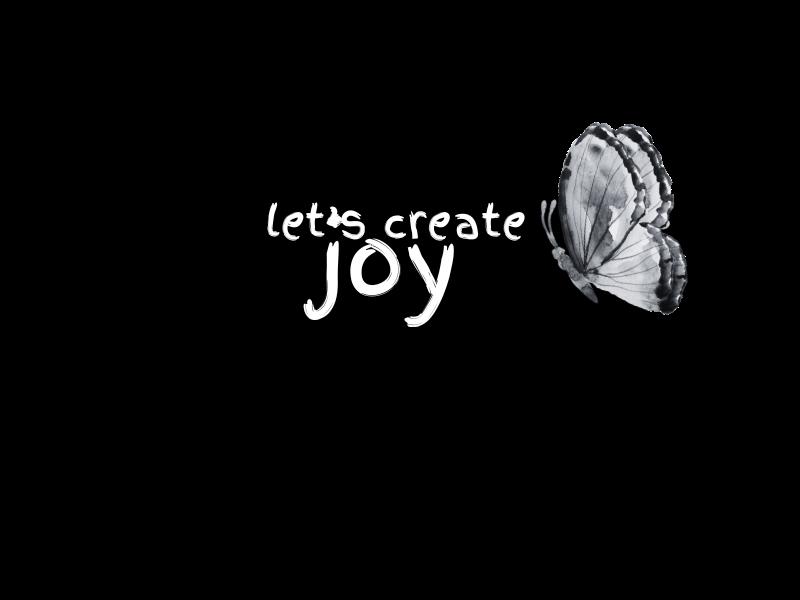
Who or what brings you joy?
How do you bring joy to others?
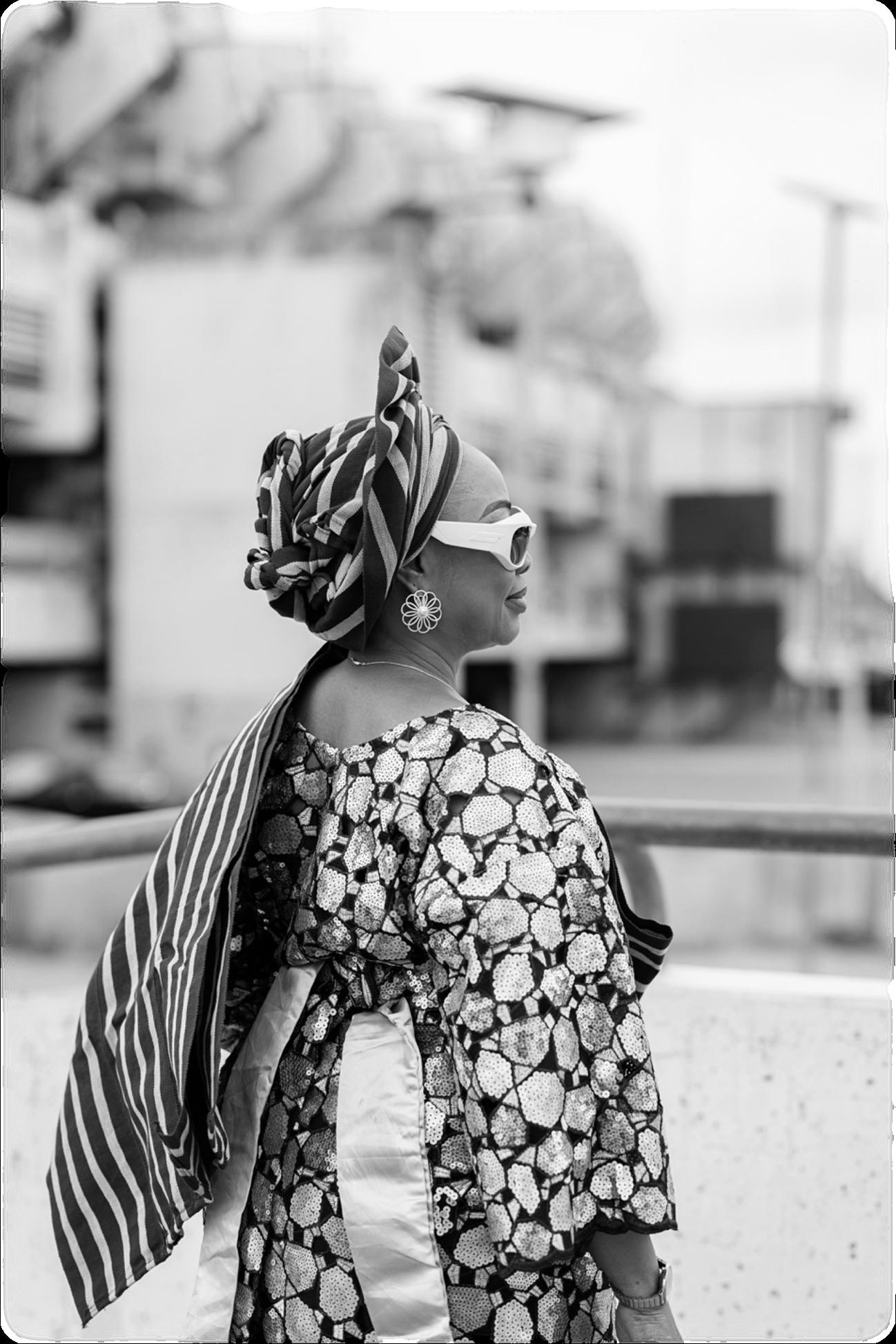


What does it look like to “choose joy” despite the circumstances? Draw your thoughts…

By Adelaide Quaye

Dear Mom,
You are the essence of Ohemma. In our native language of Twi, Ohemma means queen. Someone of great stature and nobility. With honor and pride. To be someone who exudes character no matter the circumstance. And today, I look at you through a peculiar lens.
I look at you through the pupil of a child who has seen the tears that web in your eyes and the pain etched into your heart, crossing this forbidden sea with no parents, no guidance. I know you have cherished the childhood you had with the hot sun beaming down on your siblings’ faces as they played in the front yard of your father's home. Eyes gazed upon the sun; you realized this life is beautiful. But there is more.
The “more” may not always be joyous, but it will be toiling, determination, strife, consistency, sacrifice, crying, and laughter. So much laughter. The laughter that wells up in your throat is like a melodic symphony in my ears that brings me nostalgia. This laughter is a
reminder of the God-given joy that has never escaped your lips through the last 50 years of strife and blessing you have been through. I aspire to be a woman of laughter and joy.
These attributes cease the cries of young babies and ignite the smiles of our elders. Through the aches and pains in the four corners of the earth, the joy that enlightens the heart is the most powerful gift. The most valuable.
And to me, that most valuable gift is you. Ohemma.
Love, Adelaide

1. In her “Letter to Ohemma,” Adelaide says that her mother is her most valuable gift. Who or what is your most valuable gift? Why?
2. When reflecting on joy, theologian Willie James Jennings said, “I look at joy as an act of resistance against despair and its forces. ... Joy in that regard is a work, that can become a state, that can become a way of life.”
3. What does the quote above mean to you? How can joy be an act of resistance in your life?


Identify a personal, academic, or career goal that you’d like to achieve over the next six months.
Make a list of all the steps you think are required to achieve your goal. It’s OK if you don’t know everything you need to do yet! You’ll learn new steps along the way.
Step 3: Next to each step, write down at least one way you’ll create joy in that part of your journey. For example, if one of your steps is to apply for scholarships, you may create joy by listening to your favorite Afrobeats artist while you apply and taking 10-minute dance breaks every hour.

Share your creation with other women and girls on our Cocoon Club community app! Visit cocoonclub.org/join to learn more.

Take a coloring break! Put on your favorite playlist and let your creative energy flow.


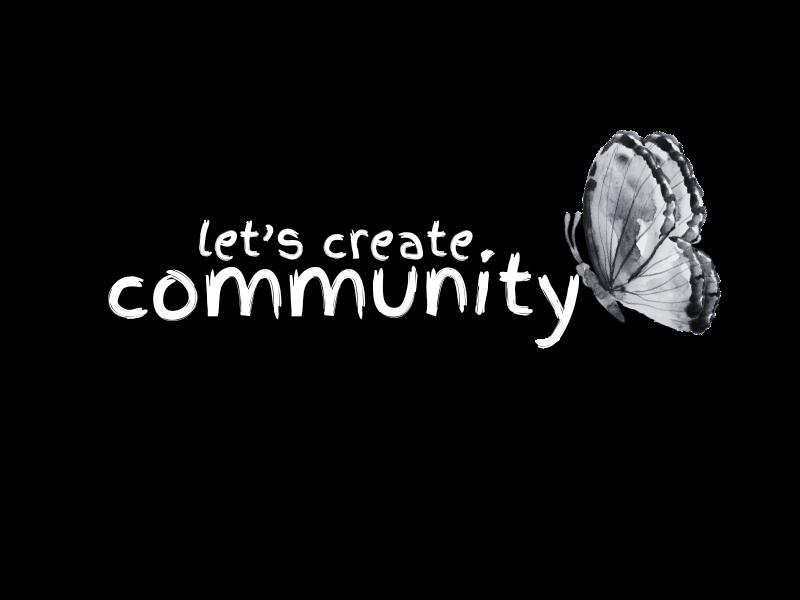
What analogy or simile would you use to describe your community? Why?
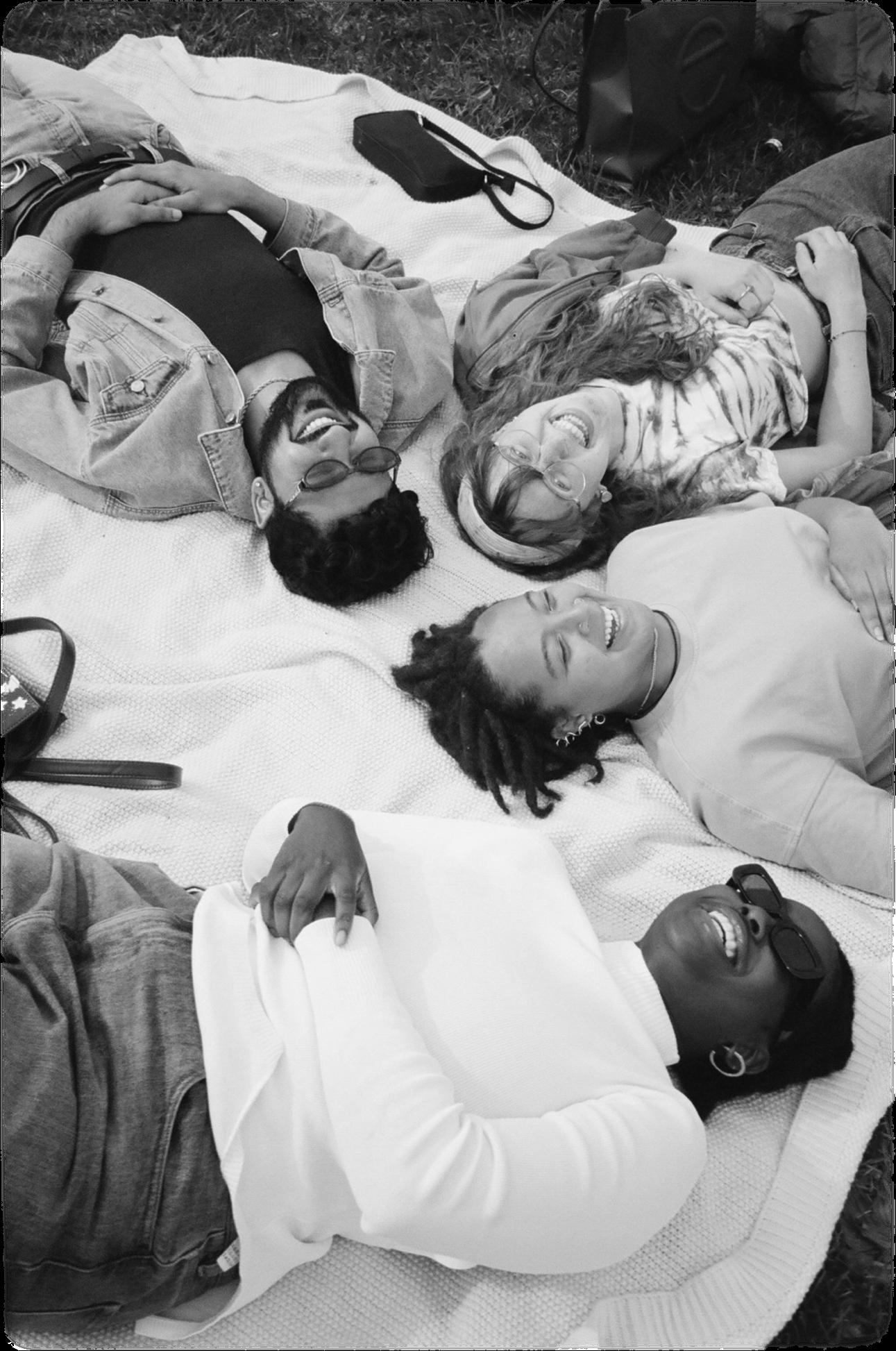


Think of a community space you’d like to re-design. Draw your vision for it …

By Fariah Shajad
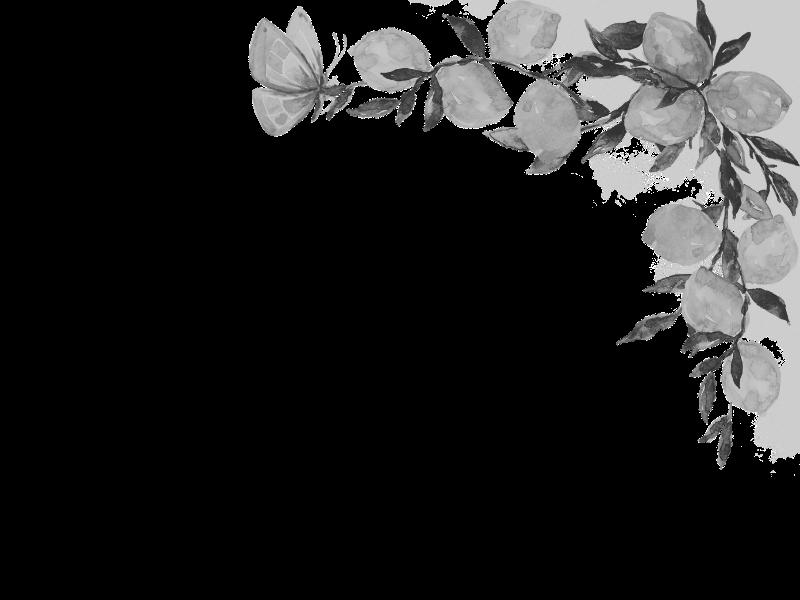
In the vibrant city of Hopville, a young girl named Amara navigated the halls of Southside High with purpose and determination. Her spirit, bright as a summer sunrise, burned with a desire to ignite change within her family and community. One afternoon, beneath the shade of an ancient oak tree, Amara's thoughts swirled like autumn leaves in the wind. With each rustle of the leaves, ideas whispered in her ear a vision of unity and understanding that tugged at her heartstrings. Amara shared her aspirations with her closest friends, Jasmine and Malik. Together, they formed a trio determined to weave a tapestry of change. They gathered in Amara's living room, voices brimming with excitement, as they brainstormed ways to bring their community together.
"I've been thinking," Amara began, her voice steady and filled with conviction, "what if we create an event that celebrates our diverse backgrounds, where we can share our stories and embrace our unity?"
Jasmine's eyes sparkled like stars, reflecting the hope that danced within her. "Yes! Let's call it 'Hopville Unites' a night where our voices can be heard, where our differences can be celebrated."
Malik nodded in agreement, his voice resonating with determination. "And we can have performances music, spoken word, and art to showcase the beauty of our individual experiences."
With unwavering determination, the trio embarked on a tireless journey to make Hopville Unites a reality. They spent countless hours after school, huddled around Amara's kitchen table, drafting invitations and strategizing outreach plans. Armed with passion and flyers in hand, they roamed the hallways, sharing their vision with their peers. Obstacles emerged along the way doubts cast shadows upon their dreams, and logistical challenges threatened to derail their efforts. But Amara, Jasmine, and Malik stood strong, their unwavering belief in the power of unity propelling them forward. They rallied their classmates, conducting brainstorming sessions in the school gymnasium, where ideas flowed like a symphony, harmonizing different perspectives into a cohesive whole. Together, they painted a vivid picture of Hopville Unites a tapestry where diversity was celebrated, stories were shared, and barriers were shattered.
When the long-awaited evening arrived, the transformed gymnasium stood as a testament to their resilience. Vibrant banners adorned the walls, depicting the beautiful amalgamation of cultures that wove through the community. The air crackled with anticipation, buzzing with the collective energy of families, friends, and neighbors who eagerly poured
into the room, their eyes shimmering with hope and curiosity. Hopville Unites had become a beacon, drawing the community together, ready to witness the magic that would unfold within those walls.
Amara stepped onto the stage, her voice strong and resolute. "Welcome to Hopville Unites a celebration of our diverse community and the unity that binds us together. We share our stories, dreams, and voices tonight, creating a tapestry of connection." As the night unfolded, the stage came alive with a symphony of emotions. Stories of triumph, resilience, and love poured forth through spoken word, touching the hearts of all who listened. Melodies, carried by voices that soared with grace, painted pictures of hope and harmony.
Amara gazed at the sea of faces before her amid the performances, hearts opening to the possibility of unity. She saw tears glisten in the eyes of elders, touched by the resilience of the younger generation. She witnessed the transformative power of shared experiences, breaking down barriers and fostering understanding. The echoes of laughter and applause reverberated through the gymnasium, a testament to the impact of Hopville Unites. Amara, Jasmine, and Malik stood side by side, their smiles radiant with pride and fulfillment.
As the event concluded, members of the community mingled, conversations circulating like a gentle breeze. Bonds were forged, and a sense of belonging wrapped around their souls. Hopville had become a tapestry of unity, woven by the threads of shared stories and a common desire for change. In the days and years that followed, the spirit of Hopville Unites continued to reverberate through the city. It became a reminder
that change begins with a single voice, with the courage to embrace our differences and celebrate our shared humanity.
And as Amara walked the streets of Hopville, she knew that her journey had just begun. She would continue to inspire, to uplift, and to create change, guided by the belief that within every individual lies the power to weave a tapestry of unity and love.

1. In her short story, Fariah shares her vision for community: a “tapestry” of change, connection, and unity. What’s your vision of community?
2. What values do you share with people in your community? How do you know they’re shared?
3. What barriers or challenges prevent people from connecting and creating community? What ideas do you have for overcoming these hurdles?
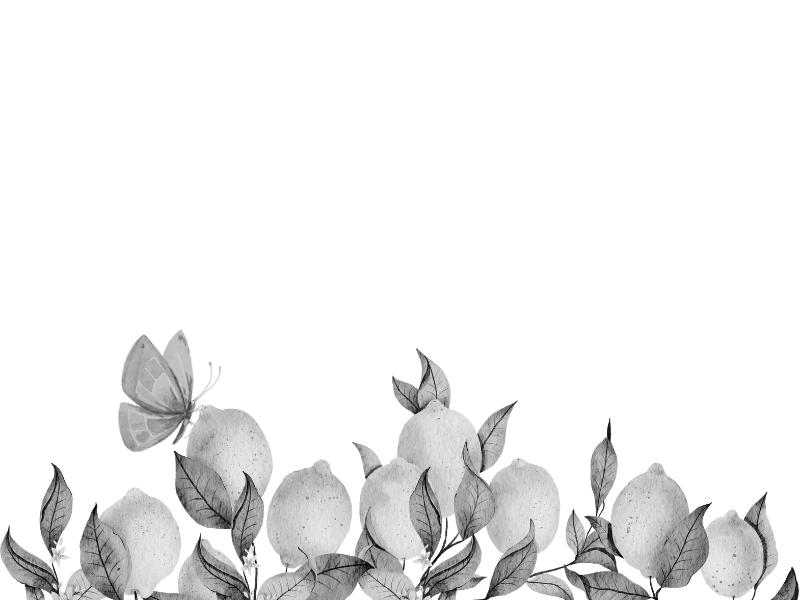


Interview a few people in your community to learn more about their story: How did they arrive in your community? Who/what do they love? What are their goals?
Review your interview notes and recordings. Identify themes that connect everyone you interviewed.
Step 3: Create an art piece that illustrates your gathered stories and themes. Be creative! You can create a quilt, painting, sculpture, etc. whatever you’d like. Once complete, gift your work of art to a public space (e.g., a library, school, faith community, etc.) or host a community workshop that guides others in creating public art.

Share your creation with other women and girls on our Cocoon Club community app! Visit cocoonclub.org/join to learn more.

Take a coloring break! Put on your favorite playlist and let your creative energy flow.





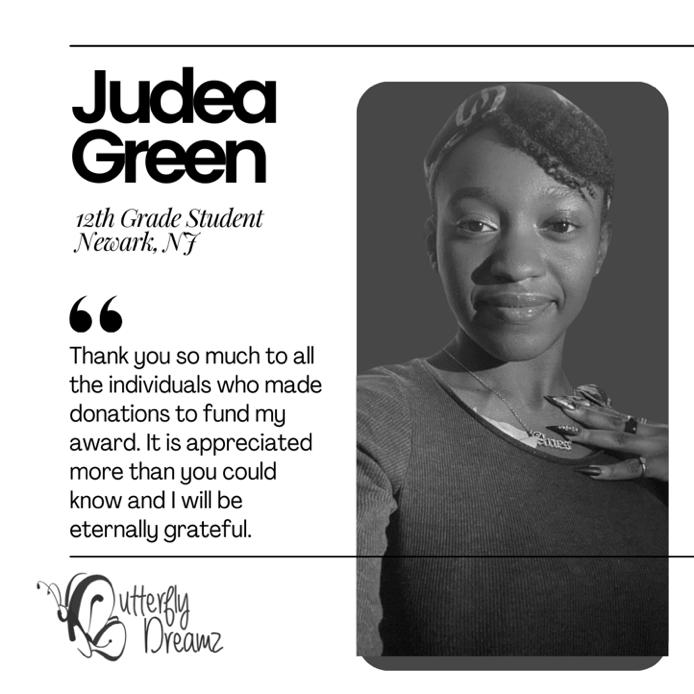






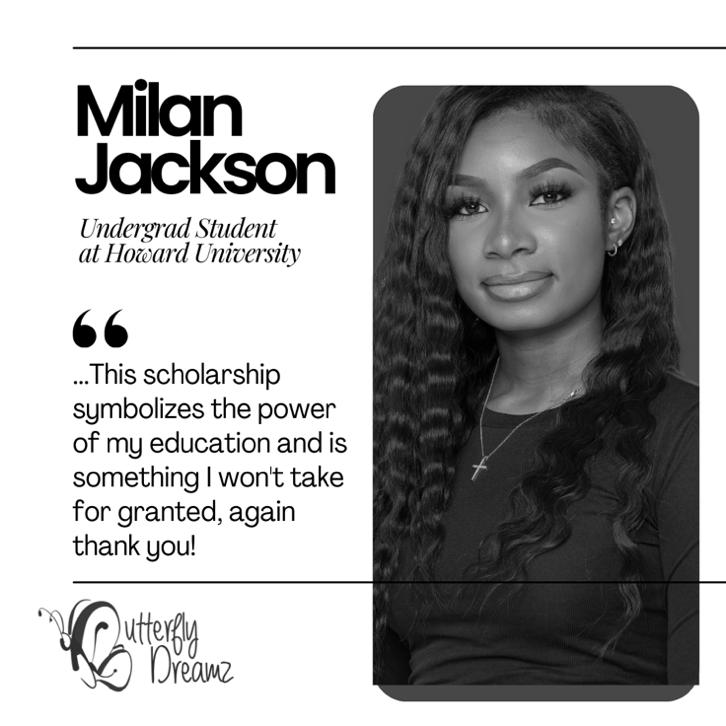





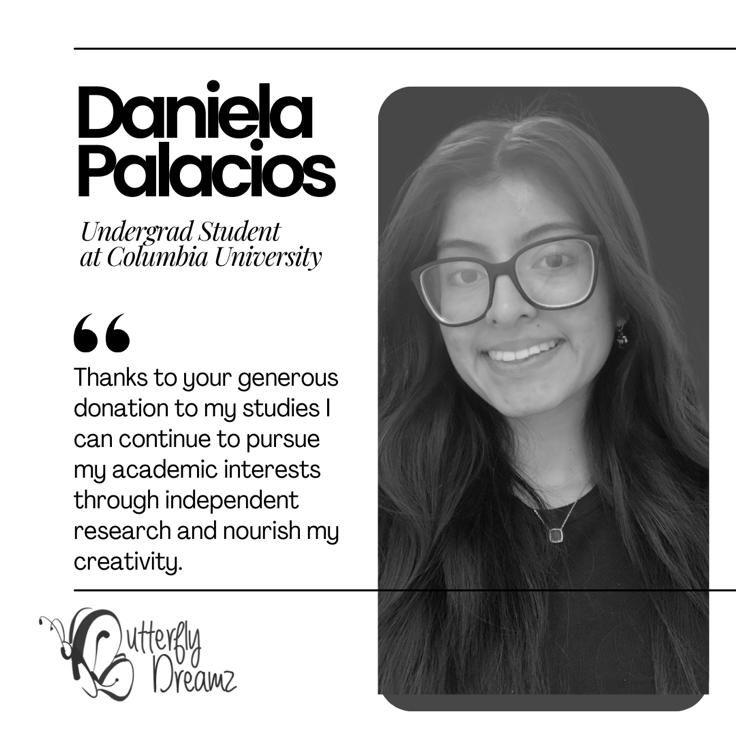








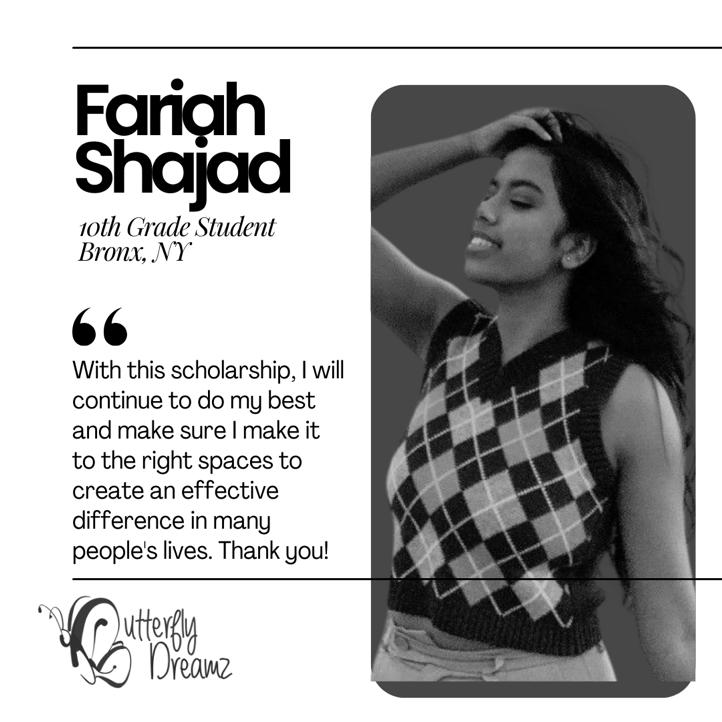


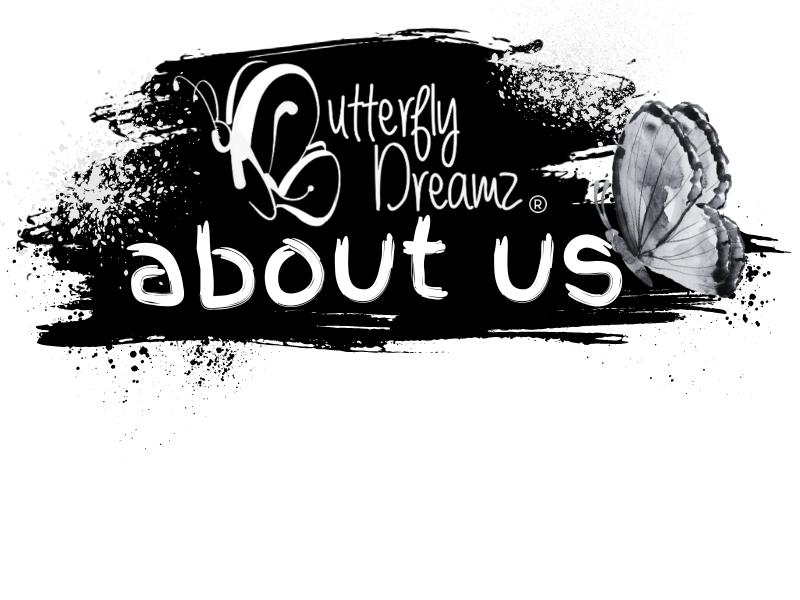
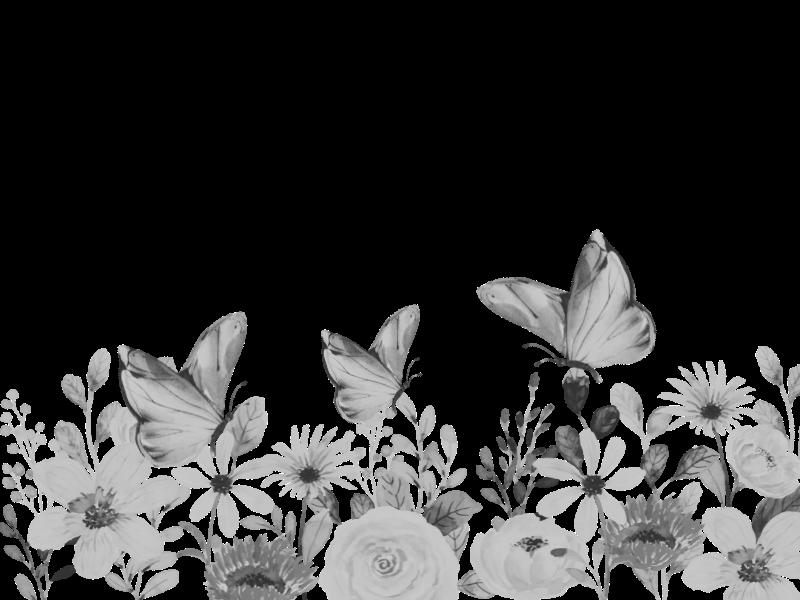

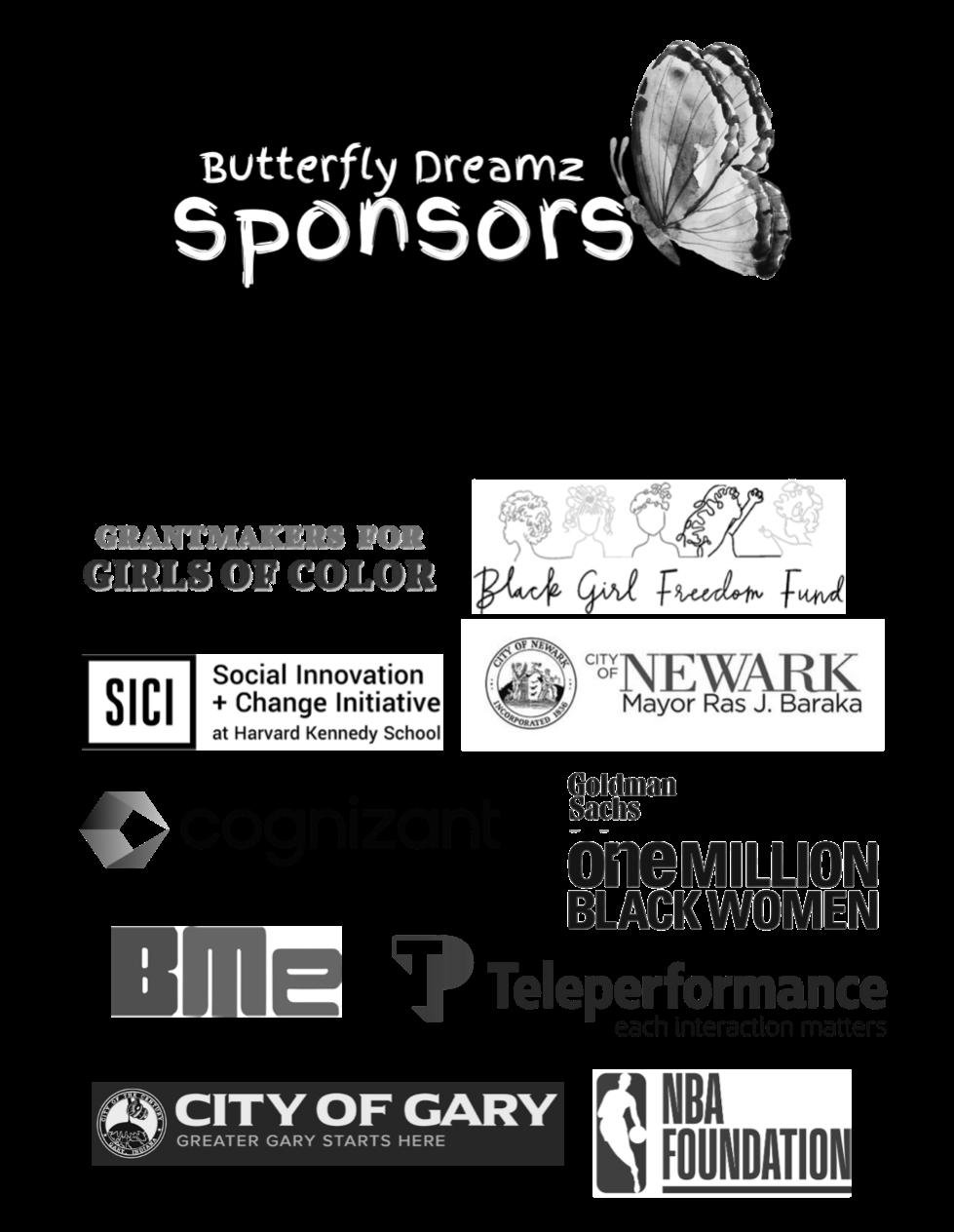
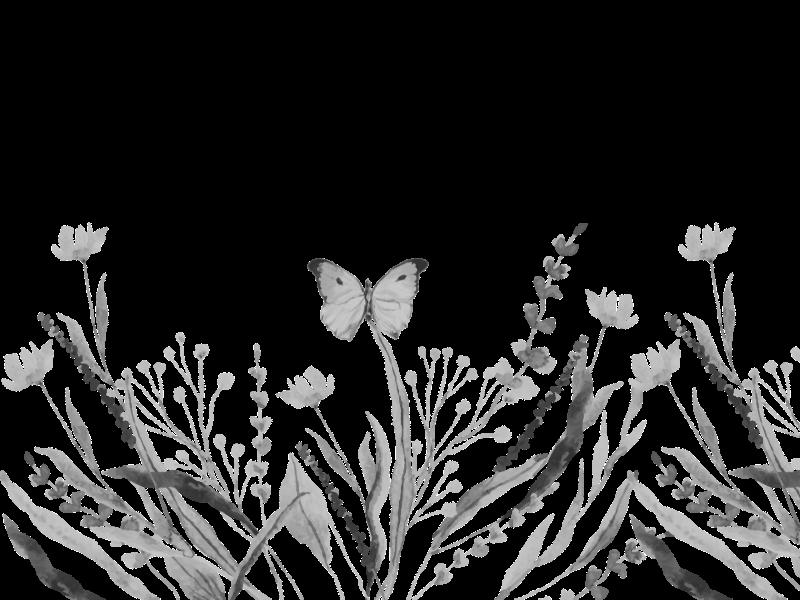

Thank you to all the individuals who support our work—it truly takes a village!
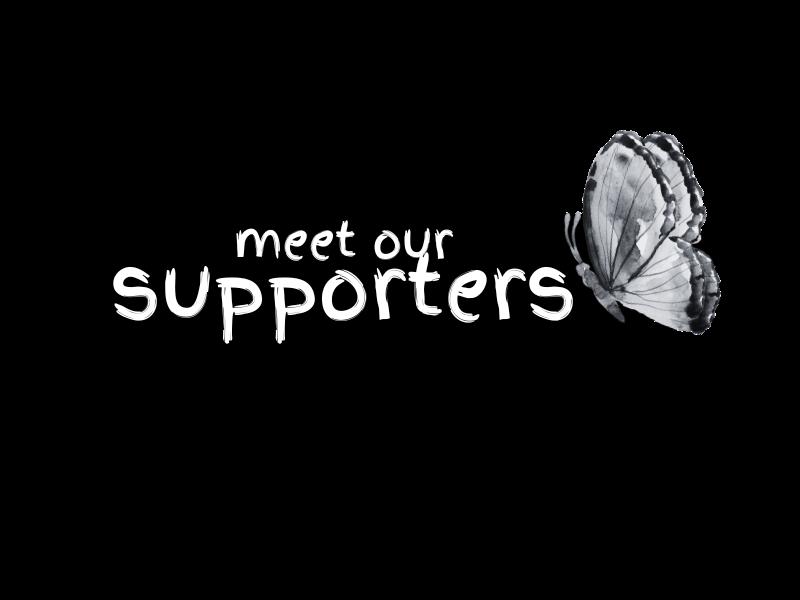
Check out the following few pages to meet some of the women leaders who believe in and support Butterfly Dreamz, Inc. We’re so grateful for them and you!


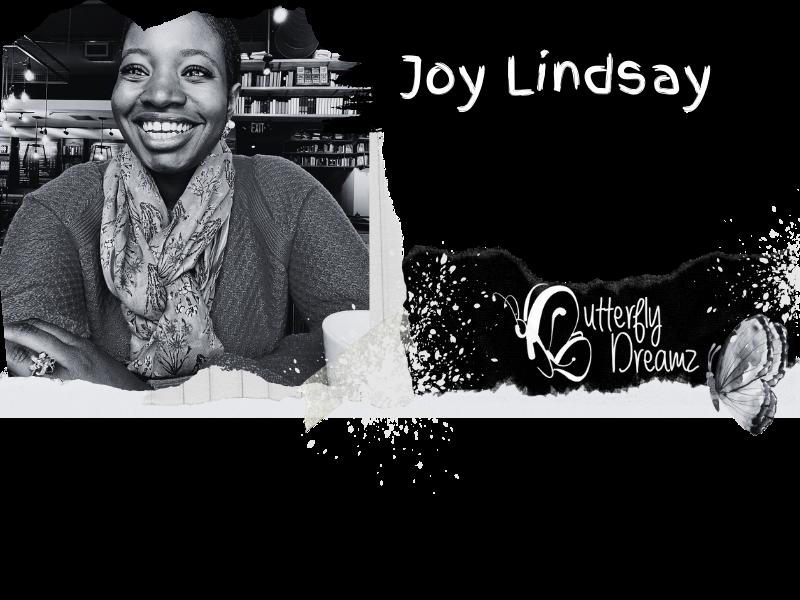
What’s your personal mission?
To serve and create in alignment with God… and to advance the leadership and well-being of people from marginalized and oppressed communities, especially women and girls of African descent.
What’s a quote that guides how you lead?
“For God has not given us a spirit of fear, but of power and of love and of a sound mind."
2 Timothy 1:7 (NKJV)
Why do you support Butterfly Dreamz?
I support Butterfly Dreamz because I believe in our girls and all young people in their power to improve our world and disrupt the status quo. It is also my way of honoring the lives of my little sister, Kimberly, and my daughter, Evie.
What advice would you give youth leaders?
Trust the inner voice inside of you be guided by Divine purpose rather than societal expectations. It’s OK to be scared… but do it anyway.


I strive to inspire and be a beacon of light, offering encouragement and a clear blueprint that empowers people to break through barriers and reach the next, more purpose-filled phase of their lives.
What’s
“My leadership commitment is to be a leader who develops and nurtures other leaders. I am dedicated to creating an environment of peace, inspiration, and creativity, empowering those I’m privileged to lead and truly listening to their voices.” Dominique Bryant
I support Butterfly Dreamz because its mission aligns perfectly with my purpose. I deeply believe in the transformative work they do and admire the profound impact they’ve made in the lives of young people.
Write out a leadership commitment that outlines the type of leader you aspire to be. Read it every day as a tool for accountability & share it with others so they know how you intend to show up. Remember, the sky is just the beginning, not the limit DREAM BIG, DREAM BIGGER!

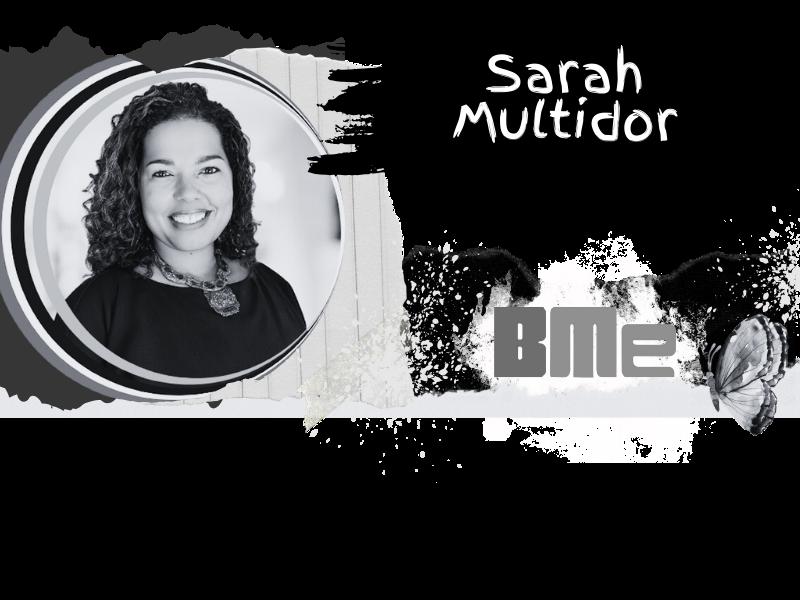
What’s your personal mission?
To be a leader who is inclusive in nature and thoughtful in action. Building community happens in every corner of my life, and I want them all to be framed in an absolute love for Black people. I'm also moved by my two young kids who redefine my sense of wonder.
What’s a quote that guides how you lead?
“It's easier to act your way into a new way of thinking than think your way into a new way of acting.”
Jerry Sternin
Why do you support Butterfly Dreamz?
I believe strongly in the power of storytelling. We know that you can't emulate what you don't see, and I LOVE that Butterfly Dreamz models that dedication and exudes joy in all facets of their outreach.
Sit at tables where you think you don't belong and ask questions often. I've found that it's usually in the moments we least expect that our greatest leaps forward happen.

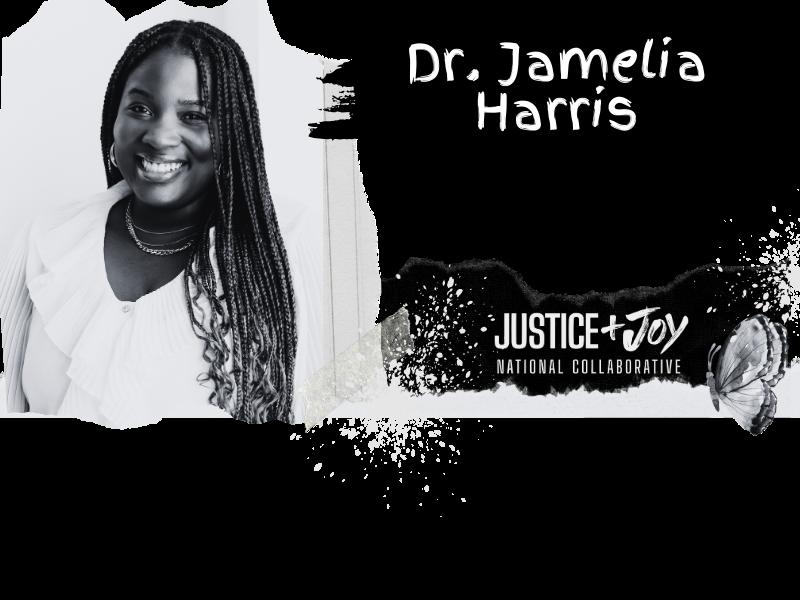
What’s your personal mission?
Ending violence in the lives of Black girls, young women, and gender-expansive people so (we) can live unapologetic, peace-filled, and liberated lives.
What’s a quote that guides how you lead?
“I am no longer accepting the things I cannot change. I am changing the things I cannot accept.”
Angela Davis
Why do you support Butterfly Dreamz?
I believe Black girls and young women are naturalborn leaders. I believe Black girls and young women are worthy of nurturance and support. I was drawn to Butterfly Dreamz mission to nurture the leadership of Black girls and young women and support them in realizing their dreams.
What advice would you give youth leaders?
Everything you need to achieve your dreams is within you!
